Den strategischen Einkauf und seine Bedeutung in der Lieferkette verstehen

Jede Entscheidung, die Sie in der Beschaffung treffen, beeinflusst die Stabilität, Effizienz und Rentabilität Ihrer Lieferkette. Beim strategischen Einkauf geht es nicht nur um den Erwerb von Produkten oder Dienstleistungen — es beinhaltet eine durchdachte Planung, Lieferantenbewertung und Kostenanalyse, um sicherzustellen, dass jeder Einkauf zu den langfristigen Geschäftszielen beiträgt.
Es trägt dazu bei, einen stetigen Fluss hochwertiger Materialien aufrechtzuerhalten, minimiert Risiken im Zusammenhang mit Lieferunterbrechungen und stärkt die Lieferantenbeziehungen.
Indem Sie sich auf den Wert und nicht nur auf die Kosten konzentrieren, ermöglicht Ihnen der strategische Einkauf, die Produktkonsistenz aufrechtzuerhalten, die betriebliche Effizienz zu verbessern und effektiv auf Marktveränderungen zu reagieren. Es stellt sicher, dass Ihr Unternehmen nicht nur die unmittelbaren Anforderungen erfüllt, sondern sich auch auf zukünftige Herausforderungen vorbereitet.
Aber was macht den Einkauf wirklich strategisch? Und wie wirkt sich das auf die gesamte Lieferkette aus?
In diesem Blog werden seine Bedeutung, seine wichtigsten Prinzipien und bewährten Verfahren untersucht, damit Sie fundierte Entscheidungen treffen können, die ein nachhaltiges Wachstum unterstützen.
Was ist strategischer Einkauf?
Strategischer Einkauf ist ein strukturierter Beschaffungsansatz, der sich eher auf langfristige Ziele als auf kurzfristige Kosteneinsparungen konzentriert. Anstatt einfach Waren und Dienstleistungen nach Bedarf zu kaufen, bewerten Sie Lieferanten, bewerten Risiken und richten Einkaufsentscheidungen an den Gesamtzielen Ihres Unternehmens aus.
Diese Methode stellt sicher, dass die Beschaffung zum Geschäftswachstum, zur Effizienz der Lieferkette und zum Wettbewerbsvorteil beiträgt.
Im Gegensatz zum traditionellen Einkauf, bei dem häufig die sofortige Verfügbarkeit und der Preis im Vordergrund stehen, werden beim strategischen Einkauf Faktoren wie Lieferantenzuverlässigkeit, Markttrends und Gesamtbetriebskosten analysiert. Dazu gehören der Aufbau enger Beziehungen zu wichtigen Lieferanten, die Aushandlung günstiger Verträge und die Sicherstellung von Qualität und Kontinuität der Versorgung.
Durch die Implementierung eines strategischen Einkaufs reduzieren Sie Lieferkettenrisiken, verbessern die Kosteneffizienz und schaffen ein robusteres Geschäftsmodell. Ganz gleich, ob Sie ein kleines Unternehmen oder ein großes Unternehmen leiten, mit diesem Ansatz können Sie fundierte Entscheidungen treffen, die den langfristigen Erfolg unterstützen.
Lesen Sie auch: Strategische Beschaffung und Beschaffung: Die Unterschiede und Gemeinsamkeiten verstehen
Vorteile des strategischen Einkaufs in der Lieferkette
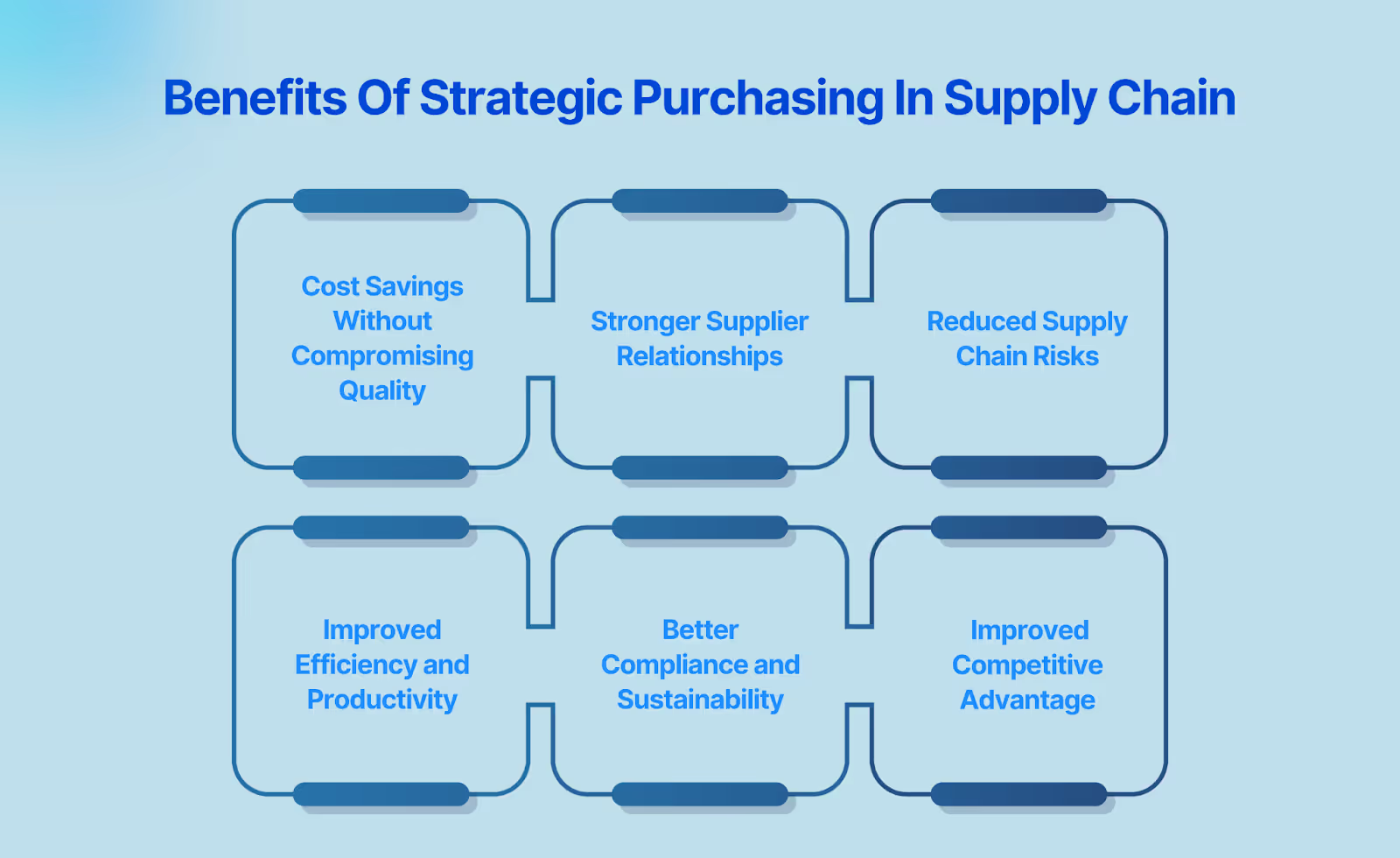
Der strategische Einkauf spielt eine entscheidende Rolle bei der Verbesserung der Effizienz der Lieferkette, der Reduzierung von Risiken und der Verbesserung der allgemeinen Geschäftsleistung. Anstatt sich ausschließlich auf Kostensenkungen zu konzentrieren, stellt dieser Ansatz sicher, dass Beschaffungsentscheidungen zu langfristiger Stabilität und Wachstum beitragen.
Hier sind einige wichtige Vorteile des strategischen Einkaufs im Supply-Chain-Management:
1. Kosteneinsparungen ohne Kompromisse bei der Qualität
Beim strategischen Einkauf stehen die Gesamtbetriebskosten im Vordergrund und nicht nur der ursprüngliche Preis. Indem Sie bessere Verträge aushandeln, die Bestellmengen optimieren und zuverlässige Lieferanten auswählen, können Sie die Kosten senken und gleichzeitig die Produktqualität aufrechterhalten.
2. Stärkere Lieferantenbeziehungen
Der Aufbau langfristiger Partnerschaften mit wichtigen Lieferanten gewährleistet einen besseren Service, eine verbesserte Zuverlässigkeit und günstigere Preise. Es ist wahrscheinlicher, dass Lieferanten Ihre Bedürfnisse priorisieren, wenn sie sich für eine dauerhafte Geschäftsbeziehung einsetzen.
3. Reduzierte Risiken in der Lieferkette
Ungeplante Störungen können zu Verzögerungen und finanziellen Verlusten führen. Beim strategischen Einkauf bewerten Sie Lieferantenrisiken, diversifizieren Ihre Bezugsquellen und erstellen Notfallpläne, um Störungen aufgrund von Lieferengpässen, politischer Instabilität oder Marktschwankungen zu minimieren.
4. Verbesserte Effizienz und Produktivität
Durch die Rationalisierung der Beschaffungsprozesse, die Automatisierung von Routineaufgaben und die Auswahl der richtigen Lieferanten kann Ihr Unternehmen die Durchlaufzeiten verkürzen und die betriebliche Effizienz verbessern. Dies ermöglicht reibungslosere Produktionszyklen und eine bessere Bestandsverwaltung.
5. Bessere Einhaltung und Nachhaltigkeit
Der strategische Einkauf umfasst die Bewertung von Lieferanten im Hinblick auf ethische Praktiken, Umweltauswirkungen und Einhaltung gesetzlicher Vorschriften. Dies hilft Ihrem Unternehmen dabei, Branchenstandards einzuhalten, rechtliche Risiken zu reduzieren und zu Initiativen zur sozialen Verantwortung des Unternehmens beizutragen.
6. Verbesserter Wettbewerbsvorteil
Eine gut verwaltete Lieferkette verschafft Ihnen einen Wettbewerbsvorteil, indem sie eine konsistente Produktverfügbarkeit gewährleistet, die Kosten senkt und die Reaktionszeiten auf Marktanforderungen verbessert. Wenn die Beschaffung an den Geschäftszielen ausgerichtet ist, stärkt dies Ihre allgemeine Marktposition.
Durch die Einführung eines strategischen Einkaufs können Sie die Beschaffung von einer Kostenstelle in eine wertschöpfende Funktion verwandeln, die den langfristigen Erfolg fördert.
Im nächsten Abschnitt lernen wir, wie Sie einen detaillierten strategischen Einkaufsplan entwickeln.
Lesen Sie auch: MRO-Beschaffung verstehen: Beschaffung, Einkauf und Kategoriemanagement
Entwicklung eines strategischen Einkaufsplans
Ein gut strukturierter strategischer Einkaufsplan hilft dabei, Beschaffungsentscheidungen an den Geschäftszielen auszurichten und so Kosteneffizienz, Lieferantenzuverlässigkeit und langfristigen Erfolg sicherzustellen. Anstatt Ad-hoc-Käufe zu tätigen, schaffen Sie einen klaren Rahmen für die Bewertung von Lieferanten, das Risikomanagement und die Optimierung von Beschaffungsprozessen.
So können Sie einen effektiven strategischen Einkaufsplan entwickeln:
1. Definieren Sie Geschäfts- und Beschaffungsziele
Identifizieren Sie zunächst die wichtigsten Ziele Ihres Unternehmens und wie sich Kaufentscheidungen auf sie auswirken. Berücksichtigen Sie Faktoren wie Kostensenkung, Qualitätsverbesserung, Lieferantenvielfalt und Nachhaltigkeit. Durch die Festlegung klarer Ziele wird sichergestellt, dass die Beschaffung den allgemeinen Geschäftsprioritäten entspricht.
2. Analysieren Sie die aktuellen Ausgaben und die Leistung Ihrer Lieferanten
Sehen Sie sich frühere Einkaufsdaten an, um das Ausgabenverhalten, die Zuverlässigkeit der Lieferanten und die Kosteneffizienz zu verstehen. Identifizieren Sie Bereiche, in denen die Kosten optimiert, Verträge neu ausgehandelt oder die Lieferantenbeziehungen verbessert werden können. Diese Analyse hilft dabei, fundierte Entscheidungen für zukünftige Beschaffungsstrategien zu treffen.
3. Identifizieren und bewerten Sie Lieferanten
Die Auswahl der richtigen Lieferanten ist entscheidend für einen erfolgreichen Einkaufsplan. Bewerten Sie potenzielle und bestehende Lieferanten anhand von Faktoren wie Preisgestaltung, Qualität, Zuverlässigkeit, Finanzstabilität und Einhaltung von Industriestandards. Erwägen Sie, Ihren Lieferantenstamm zu diversifizieren, um die Abhängigkeit von einer einzigen Quelle zu verringern.
4. Entwickeln Sie Verhandlungs- und Vertragsstrategien für Lieferanten
Ein strategischer Einkaufsplan umfasst gut ausgehandelte Verträge, in denen Preisstrukturen, Lieferfristen, Qualitätsstandards und Streitbeilegungsmechanismen festgelegt sind. Richten Sie langfristige Partnerschaften mit wichtigen Lieferanten ein, um bessere Konditionen zu erzielen und eine konsistente Versorgung sicherzustellen.
5. Implementieren Sie die Beschaffungsrichtlinien und -prozesse
Standardisieren Sie Einkaufsverfahren, um Konsistenz und Effizienz zu gewährleisten. Definieren Sie Genehmigungsabläufe, Ausgabenlimits und Berichtsstrukturen, um die Transparenz und Rechenschaftspflicht bei Beschaffungsvorgängen zu verbessern. Implementieren Sie Technologielösungen wie Beschaffungssoftware, um Prozesse zu automatisieren und zu rationalisieren.
6. Managen Sie Risiken und erstellen Sie Notfallpläne
Identifizieren Sie potenzielle Risiken in Ihrer Lieferkette, wie Preisschwankungen, Lieferantenausfälle oder geopolitische Probleme. Entwickeln Sie Notfallpläne, z. B. alternative Beschaffungsoptionen oder Bestandspuffer, um Unterbrechungen zu minimieren und die Geschäftskontinuität aufrechtzuerhalten.
7. Überwachen, Messen und Verbessern
Der strategische Einkauf ist ein fortlaufender Prozess, der einer regelmäßigen Überwachung bedarf. Etablieren Sie wichtige Leistungsindikatoren (KPIs) wie Kosteneinsparungen, Lieferantenleistung, Beschaffungszyklen und Vertragstreue. Bewerten und verfeinern Sie Ihren Einkaufsplan kontinuierlich, um ihn an sich ändernde Marktbedingungen und Geschäftsanforderungen anzupassen.
Wenn Sie diese Schritte befolgen, können Sie einen strategischen Einkaufsplan erstellen, der Ihre Lieferkette stärkt, die Kosteneffizienz verbessert und den langfristigen Erfolg Ihres Unternehmens sicherstellt.
Nachdem Sie nun eine Vorstellung von der Entwicklung eines strategischen Einkaufsplans haben, schauen wir uns die Technologie und die Tools für den strategischen Einkauf an.
Lesen Sie auch: Die Bedeutung von Ausgabentransparenz und Kategorisierung verstehen
Technologie und Tools für den strategischen Einkauf
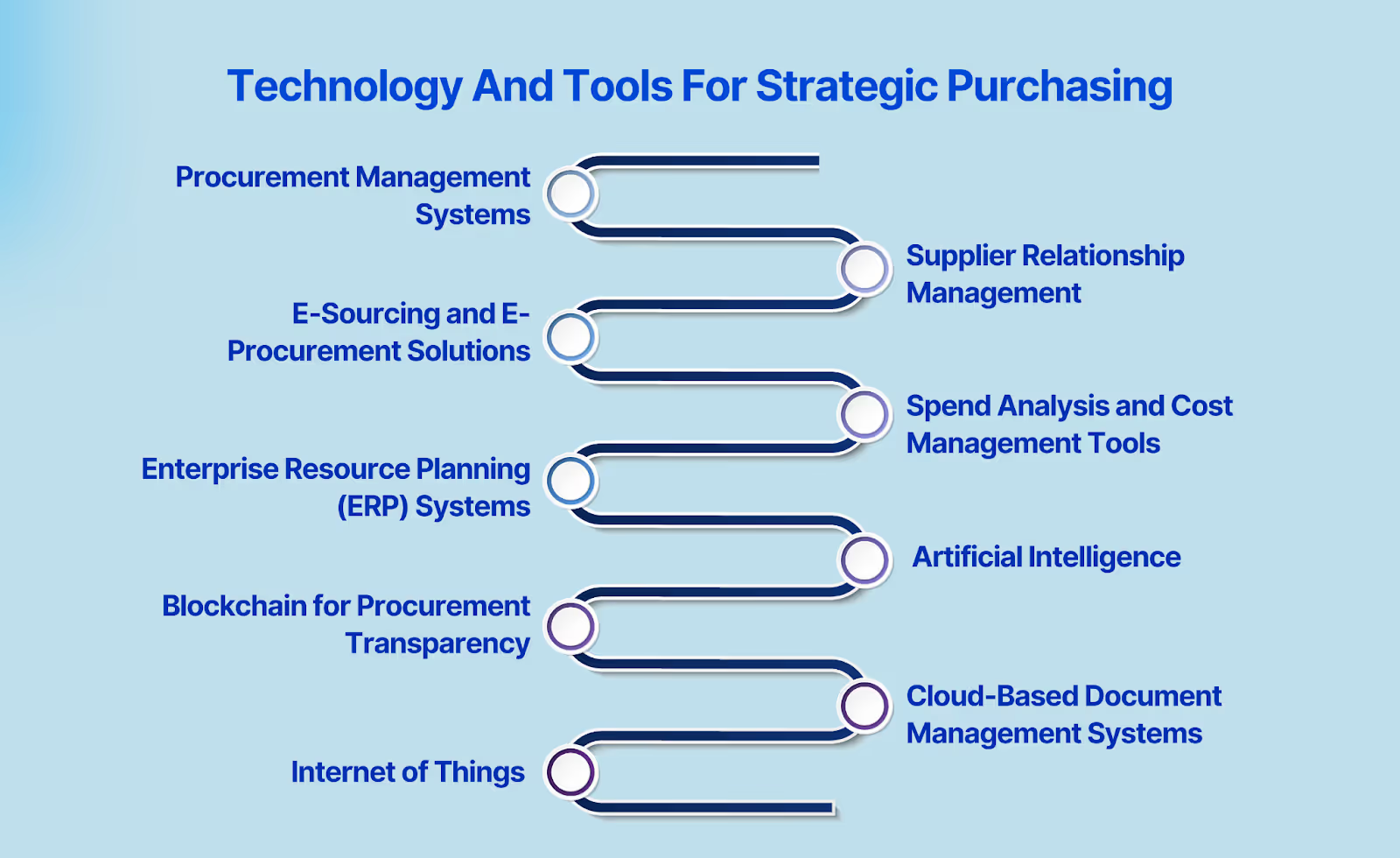
Technologie spielt eine entscheidende Rolle dabei, den strategischen Einkauf effizienter, datengesteuerter und kostengünstiger zu gestalten. Digitale Lösungen helfen dabei, die Beschaffung zu rationalisieren, das Lieferantenmanagement zu verbessern, Risiken zu reduzieren und gleichzeitig die Entscheidungsfindung zu verbessern.
Hier sind einige wichtige Technologien und Tools, die den strategischen Einkauf unterstützen:
1. Managementsysteme für die Beschaffung
Diese Systeme automatisieren Einkaufsprozesse, von der Lieferantenauswahl bis zur Auftragsverwaltung. Sie helfen dabei, Ausgaben zu verfolgen, Beschaffungsrichtlinien durchzusetzen und Kaufentscheidungen zu optimieren. Zu den Funktionen gehören häufig Nachverfolgung in Echtzeit, automatisierte Workflows und die Integration in Finanzsysteme.
2. Plattformen für das Lieferantenbeziehungsmanagement (SRM)
SRM-Plattformen unterstützen Unternehmen dabei, Lieferanten effektiv zu bewerten, zu verwalten und mit ihnen zusammenzuarbeiten. Sie bieten Einblicke in die Leistung von Lieferanten, die Einhaltung von Verträgen und das Risikomanagement. Diese Tools tragen dazu bei, starke Lieferantenbeziehungen aufrechtzuerhalten und eine zuverlässige Beschaffung sicherzustellen.
3. E-Sourcing- und E-Procurement-Lösungen
E-Sourcing-Tools helfen Unternehmen dabei, Lieferanten zu vergleichen, Ausschreibungen durchzuführen und bessere Vertragsbedingungen auszuhandeln. E-Procurement-Lösungen hingegen automatisieren Bestellanforderungen, Genehmigungen und Auftragserfüllung und sorgen so für Effizienz und Transparenz bei der Beschaffung.
4. Tools zur Ausgabenanalyse und zum Kostenmanagement
Diese Tools analysieren Beschaffungsdaten, um Ausgabenmuster, Kosteneinsparungsmöglichkeiten und Leistungstrends der Lieferanten zu identifizieren. Sie helfen Unternehmen dabei, die Beschaffungskosten zu verfolgen, Ineffizienzen zu erkennen und Beschaffungsstrategien zu optimieren.
5. Systeme zur Unternehmensressourcenplanung (ERP)
ERP-Systeme integrieren die Beschaffung mit anderen Geschäftsfunktionen wie Bestandsverwaltung, Finanzen und Lieferkettenbetrieb. Sie bieten Einblicke in Echtzeit, optimieren Arbeitsabläufe und verbessern die Entscheidungsfindung, indem sie Daten abteilungsübergreifend konsolidieren.
6. Lösungen für künstliche Intelligenz (KI) und maschinelles Lernen
KI-gestützte Tools verbessern den strategischen Einkauf, indem sie die Nachfrage vorhersagen, die Lieferantenauswahl optimieren und Vertragsverhandlungen automatisieren. Sie können Beschaffungstrends analysieren, Kosteneinsparungsmöglichkeiten vorschlagen und die Effizienz verbessern, indem sie manuelle Aufgaben reduzieren.
7. Blockchain für Transparenz bei der Beschaffung
Die Blockchain-Technologie verbessert die Transparenz und Sicherheit bei der Beschaffung, indem sie manipulationssichere Aufzeichnungen von Transaktionen erstellt. Sie hilft dabei, die Echtheit der Lieferanten zu überprüfen, Betrug zu verhindern und das Vertragsmanagement zu verbessern, indem sie ein unveränderliches Verzeichnis der Beschaffungsaktivitäten führt.
8. Cloud-basierte Dokumentenmanagementsysteme
Diese Systeme speichern und organisieren Beschaffungsverträge, Bestellungen und Compliance-Dokumente sicher. Sie verbessern die Zugänglichkeit, erleichtern die Zusammenarbeit und stellen sicher, dass alle Dokumente im Zusammenhang mit der Beschaffung gut verwaltet und leicht abgerufen werden können.
9. Internet der Dinge (IoT) für intelligente Beschaffung
IoT-fähige Geräte ermöglichen die Nachverfolgung von Inventar und Lieferungen in Echtzeit, sodass Unternehmen ihre Kaufentscheidungen optimieren können. Intelligente Sensoren in Lagern und Lieferketten helfen bei der Überwachung der Lagerbestände und reduzieren so das Risiko von Überbeständen oder Engpässen.
Durch die Integration dieser Technologien in Ihren strategischen Einkaufsprozess können Sie die Effizienz Ihrer Beschaffung verbessern, Risiken reduzieren und fundiertere Entscheidungen treffen. Digitale Tools rationalisieren nicht nur die Abläufe, sondern liefern auch die Daten und Erkenntnisse, die zur Verbesserung der Widerstandsfähigkeit der Lieferkette erforderlich sind.
Im folgenden Abschnitt erfahren wir mehr über das Risikomanagement im strategischen Einkauf.
Lesen Sie auch: Der vollständige Leitfaden zum Verständnis der 4 Reifegrade im Einkauf
Risikomanagement im strategischen Einkauf
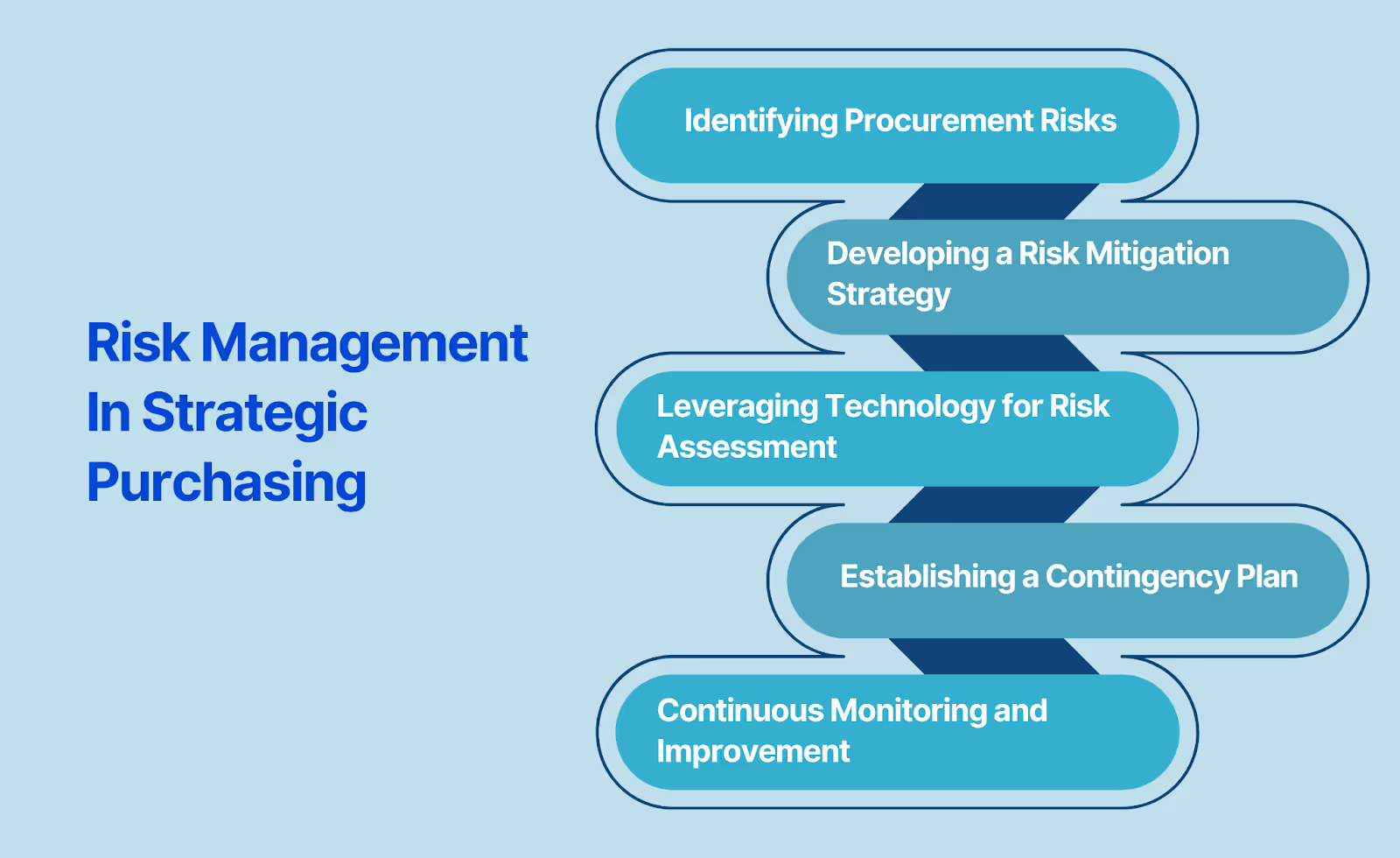
Das Risikomanagement ist ein wichtiger Bestandteil des strategischen Einkaufs und stellt sicher, dass Beschaffungsentscheidungen Sicherheitslücken und Störungen in der Lieferkette minimieren. Unerwartete Ereignisse wie Lieferantenausfälle, Preisschwankungen, regulatorische Änderungen und geopolitische Probleme können sich auf den Geschäftsbetrieb auswirken. Eine gut strukturierte Risikomanagementstrategie hilft Unternehmen, sich auf Unsicherheiten vorzubereiten und die Stabilität der Lieferkette aufrechtzuerhalten.
Hier sind die wichtigsten Bereiche, auf die Sie sich konzentrieren sollten:
1. Identifizierung von Beschaffungsrisiken
Das Verständnis potenzieller Risiken ist der erste Schritt zu einem effektiven Risikomanagement. Zu den häufigsten Risiken bei der Beschaffung gehören:
- Probleme mit der Lieferantenzuverlässigkeit — Verzögerungen, Qualitätsmängel oder finanzielle Instabilität der Lieferanten können den Betrieb stören.
- Marktvolatilität — Schwankungen der Rohstoffpreise, der Wechselkurse und der Inflation wirken sich auf die Beschaffungskosten aus.
- Einhaltung gesetzlicher Vorschriften — Änderungen der Handelspolitik, der Umweltgesetze oder der Branchenvorschriften können sich auf die Beschaffungsstrategien auswirken.
- Logistik- und Transportrisiken — Verzögerungen aufgrund von Wetter, Arbeitsstreiks oder geopolitischen Spannungen können die Lieferketten stören.
- Cybersicherheitsbedrohungen — Datenschutzverletzungen in Beschaffungssystemen können zu Betrug, finanziellen Verlusten oder betrieblichen Rückschlägen führen.
2. Entwicklung einer Strategie zur Risikominderung
Um die Beschaffungsrisiken zu minimieren, sollten Unternehmen proaktive Strategien umsetzen wie:
- Diversifizierung der Lieferanten — Vermeiden Sie es, sich auf einen einzigen Lieferanten zu verlassen, indem Sie bei mehreren Anbietern in verschiedenen Regionen einkaufen.
- Langfristige Lieferantenverträge — Schließen Sie Verträge ab, die die Preis- und Lieferkontinuität sicherstellen, um die Marktvolatilität zu mindern.
- Regelmäßige Lieferantenaudits — Führen Sie Leistungsbeurteilungen und finanzielle Zustandsprüfungen durch, um potenzielle Probleme frühzeitig zu erkennen.
- Inventarpufferung — Halten Sie den Sicherheitsbestand aufrecht, um Störungen im Falle unerwarteter Verzögerungen zu vermeiden.
- Rechts- und Compliance-Überwachung — Bleiben Sie über Branchenvorschriften auf dem Laufenden und stellen Sie sicher, dass Lieferanten die Compliance-Standards einhalten.
3. Nutzung von Technologie zur Risikobewertung
Digitale Tools und Analysen spielen eine entscheidende Rolle bei der Identifizierung und Minderung von Beschaffungsrisiken. Unternehmen können Folgendes nutzen:
- Modelle zur Risikobewertung — KI-gestützte Tools analysieren die Leistung von Lieferanten und prognostizieren potenzielle Ausfälle.
- Automatisierte Compliance-Verfolgung — Softwarelösungen helfen dabei, regulatorische Änderungen zu überwachen und die Einhaltung der Vorschriften durch Lieferanten sicherzustellen.
- Überwachung der Lieferkette in Echtzeit — IoT und Datenanalysen bieten Einblicke in die Logistik und den Lagerbestand in Echtzeit.
4. Erstellung eines Notfallplans
Ein Notfallplan stellt sicher, dass der Beschaffungsbetrieb bei Störungen reibungslos weitergeführt wird. Zu den wichtigsten Elementen gehören:
- Alternative Lieferantennetzwerke — Vorab zugelassene Ersatzlieferanten, um Betriebsunterbrechungen zu vermeiden.
- Krisenmanagementteams — Spezialisiertes Personal, das schnell auf Notfälle in der Lieferkette reagiert.
- Szenarioplanung — Simulation potenzieller Risikoszenarien und Entwicklung von Reaktionsstrategien.
5. Kontinuierliche Überwachung und Verbesserung
Das Risikomanagement ist ein fortlaufender Prozess, der eine regelmäßige Bewertung und Anpassung erfordert.
Unternehmen sollten:
- Führen Sie häufig Risikobewertungen und Vertragsprüfungen für Lieferanten durch.
- Überwachen Sie Markttrends und geopolitische Entwicklungen, die sich auf die Beschaffung auswirken.
- Aktualisieren Sie die Risikomanagementstrategien auf der Grundlage früherer Erfahrungen und neuer Branchenherausforderungen.
Durch die Implementierung eines strukturierten Risikomanagementansatzes können Unternehmen ihre strategischen Einkaufsprozesse stärken, Störungen reduzieren und die Widerstandsfähigkeit der Lieferkette verbessern.
Lesen Sie auch: Der Procuretech Podcast: Aus einem Unternehmen ein Startup machen - akirolabs
akirolabs: Verbessern Sie Ihre Beschaffung mit strategischem Einkauf
Beschaffungsteams, die den strategischen Einkauf über Regionen, Kategorien und Interessengruppen hinweg skalieren wollen, sehen sich häufig mit fragmentierten Tools, eingeschränkter Transparenz und inkonsistenter Ausführung konfrontiert. Das ist wo Akirolabs zeichnet sich durch eine Cloud-native, KI-fähige SaaS-Plattform aus, die speziell für strategisches Kategorienmanagement in großen Unternehmen.
Akirolabs ist kein Beschaffungs- oder Beschaffungsinstrument. Stattdessen befindet es sich im Strategieebene des Procurement-Tech-Stacks. Es fungiert als zentralisiertes Betriebssystem, in dem Einkaufsleiter, Kategoriemanager und Geschäftsbeteiligte gemeinsam Kategorienstrategien entwickeln, anpassen und umsetzen können, die auf die Unternehmensziele abgestimmt sind.
Wichtige Funktionen zur Unterstützung des strategischen Einkaufs
1. Strukturierte Strategieentwicklung
Im Gegensatz zu statischen PowerPoint-Decks oder Excel-Tabellen bietet Akirolabs vorgefertigte Tools wie:
- SWOT, PESTLE, Porters Fünf Kräfte
- Lieferantenkartierung und Risiko-Heatmaps
- Strategische Szenariomodellierung unter Berücksichtigung von Kosten, ESG und Resilienz
Auf diese Weise können Teams datengestützte Entscheidungen treffen und Kompromisse zwischen Beschaffungsmodellen prüfen (z. B. global vs. lokal, Singlesource vs. Dualsource).
2. Integrierte Zusammenarbeit und Einbindung der Interessengruppen
akirolabs unterstützt die Zusammenarbeit in Echtzeit zwischen Funktionen wie Forschung und Entwicklung, Finanzen, Recht und Nachhaltigkeit durch:
- Rollenbasierte Arbeitsbereiche
- Maßgeschneiderte Umfragen und Tools zur Erfassung von Anforderungen
- Integrierte Chat-, Tagging- und Genehmigungsworkflows
Dadurch wird sichergestellt, dass Beschaffungsstrategien funktionsübergreifend validiert werden und unterschiedliche Geschäftsprioritäten widerspiegeln.
3. Ausführung und Leistungsverfolgung in Echtzeit
Sobald eine Strategie entwickelt ist, ermöglicht Akirolabs die Ausführung durch:
- Nachverfolgung von Initiativen mit Zeitplänen und KPIs
- Automatisch generierte Zusammenfassungen
- Live-Dashboards, die Kosteneinsparungen, ESG-Auswirkungen und Risikominderung anzeigen
Teams können die Wertschöpfung verfolgen, Abhängigkeiten verwalten und der Geschäftsleitung über Fortschritte berichten — alles von derselben Plattform aus.
4. Integrierte Risiko- und ESG-Informationen
Das Beschaffungsrisiko ist bei Akirolabs kein Nebensache. Es ist in den gesamten Prozess eingebettet über:
- KI-gestützte Risikoidentifikation und Szenariomodellierung
- ESG-Scoring-Tools und Nachhaltigkeitskontrade-Off-Analyse
- Modul „Purpose Procurement“ zur Förderung von Initiativen in den Bereichen DE&I und grüne Beschaffung
Diese Funktionen helfen dabei, die Beschaffung an den Unternehmensrisiko-, Compliance- und Nachhaltigkeitszielen auszurichten.
Akirolabs ermöglicht es Ihnen, die Beschaffung in einen strategischen Motor für Wert, Effizienz und Nachhaltigkeit umzuwandeln. Es ist an der Zeit, über den einfachen Einkauf hinauszugehen und das wahre Potenzial Ihrer Einkaufsfunktion auszuschöpfen.
Fazit
Beim strategischen Einkauf geht es nicht nur darum, Waren und Dienstleistungen zu erwerben — es geht darum, fundierte Entscheidungen zu treffen, die die Effizienz steigern, Risiken reduzieren und langfristigen Wert für Ihr Unternehmen schaffen.
Durch einen strukturierten Ansatz, den Einsatz von Technologie und die Pflege starker Lieferantenbeziehungen können Sie eine widerstandsfähigere und nachhaltigere Lieferkette aufbauen.
Wenn Sie Ihre Beschaffungsstrategie auf die nächste Stufe heben möchten, können die richtigen Tools und das richtige Fachwissen den Unterschied ausmachen.
Vereinbaren Sie noch heute eine Demo um zu erfahren, wie eine datengesteuerte, KI-gestützte Beschaffungsplattform Ihnen helfen kann, Einkaufsentscheidungen zu optimieren und die Effizienz Ihrer Lieferkette zu maximieren.
Was macht ein erfolgreiches Pilotprojekt mit Akirolabs aus?
Wir definieren Erfolg gemeinsam mit Ihrem Team. Zu den typischen Ergebnissen gehören die Strategieerstellung für Prioritätskategorien, messbare Prozessverbesserungen und interne Abstimmung. Wir bieten volle Unterstützung und einen klaren Zeitplan für die Bewertung.
Kann ich die Plattform nach der Demo praktisch ausprobieren?
Ja, wir bieten geführte Piloten und Sandbox-Umgebungen an, je nachdem, in welcher Phase des Kaufprozesses Sie sich befinden. Diese geben dir und deinem Team die Möglichkeit, Funktionen in deinem eigenen Kontext zu erkunden.
Wer sollte an der Demo meiner Organisation teilnehmen?
Wir empfehlen, wichtige Stakeholder aus Ihrem Führungsteam für die Beschaffung, aus der Kategorie Management und aus den Gruppen für Exzellenz oder Transformation im Bereich Beschaffung einzubeziehen. Die Einbeziehung von Interessenvertretern aus dem Unternehmen kann auch hilfreich sein, um zu demonstrieren, wie die Plattform die funktionsübergreifende Zusammenarbeit erleichtert.
Was werde ich während einer Akirolabs-Demo sehen?
Während der Demo sehen Sie die komplette Akirolabs Category Strategy Workbench in Aktion, einschließlich des kollaborativen Workflows, der KI-gestützten Erkenntnisse von AkiroAssist, der Funktionen zur strategischen Szenariomodellierung und der Strategy One-Pager-Funktion. Wir passen die Demonstration so an, dass sie sich auf Aspekte konzentriert, die für die Bedürfnisse Ihres Unternehmens am relevantesten sind.
Kann ich sehen, wie Akirolabs mit unseren spezifischen Kategorien funktionieren würde?
Ja, wir können die Demo so anpassen, dass sie zeigt, wie Akirolabs mit Ihren spezifischen Kategorien und Ihrer Beschaffungsstruktur zusammenarbeitet. Teilen Sie uns Ihre Schwerpunktbereiche im Voraus mit und wir passen die Demonstration entsprechend an.
Wie lange dauert eine typische Demo?
Eine Standarddemo dauert etwa 45-60 Minuten und bietet ausreichend Zeit für einen umfassenden Überblick über die Plattform und eine Diskussion Ihrer spezifischen Anforderungen. Wir können den Zeitplan an Ihre Verfügbarkeit und Ihre Interessengebiete anpassen.
Sind Sie bereit, Ihre Beschaffungsstrategie zu transformieren?
Es gibt einen besseren Weg, die Beschaffung zu erledigen. Das ist IT.
.avif)







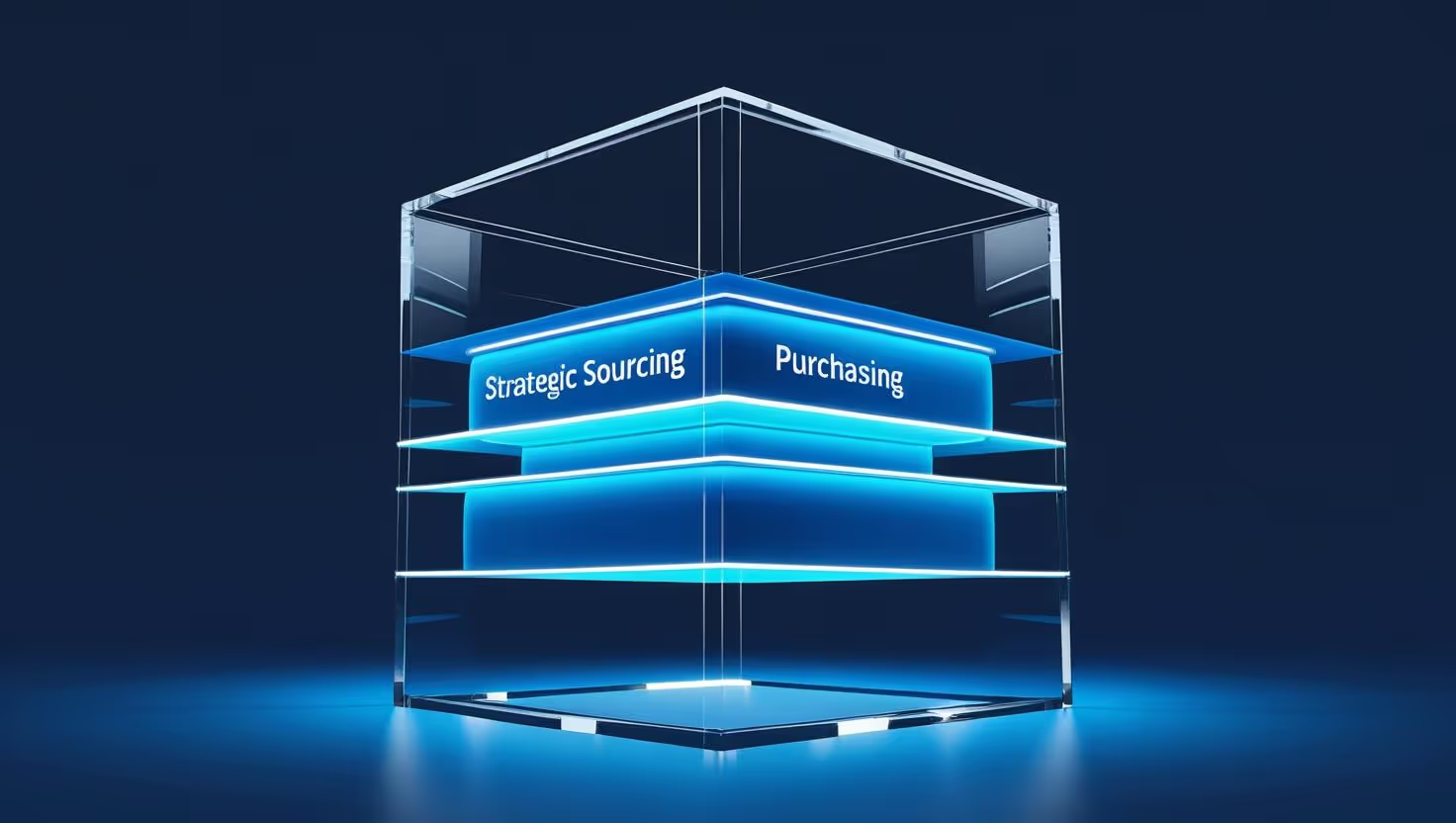


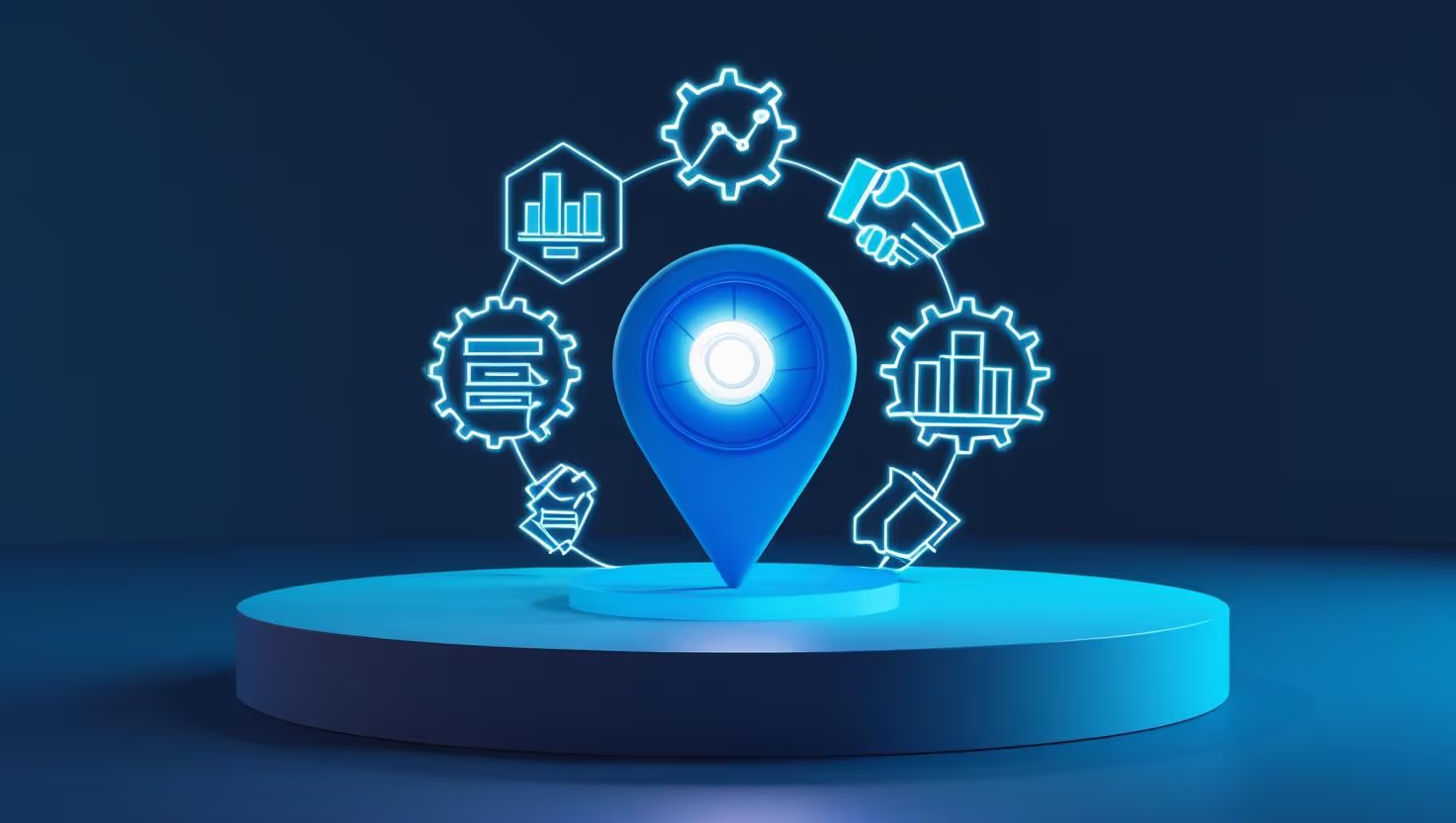
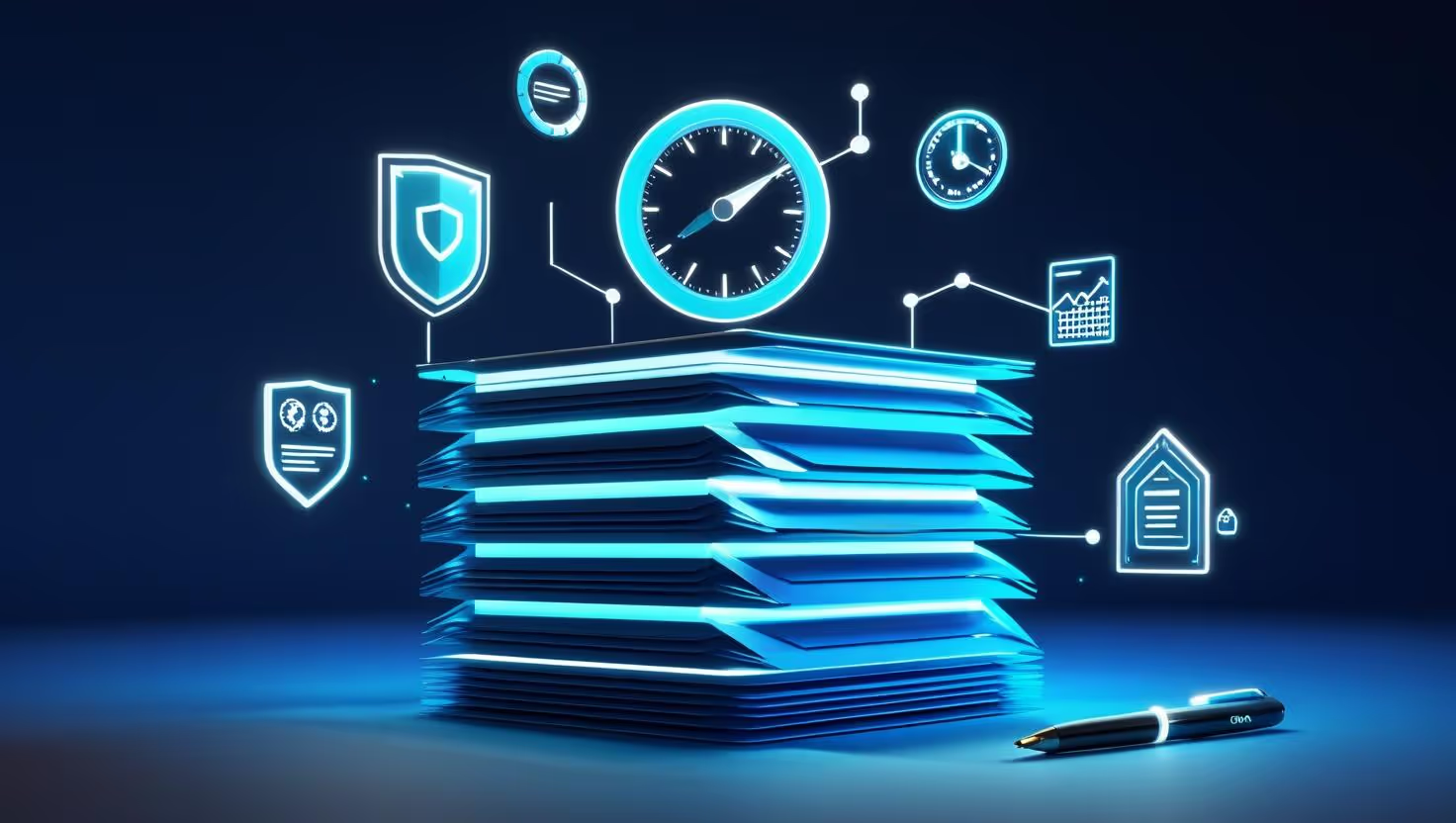



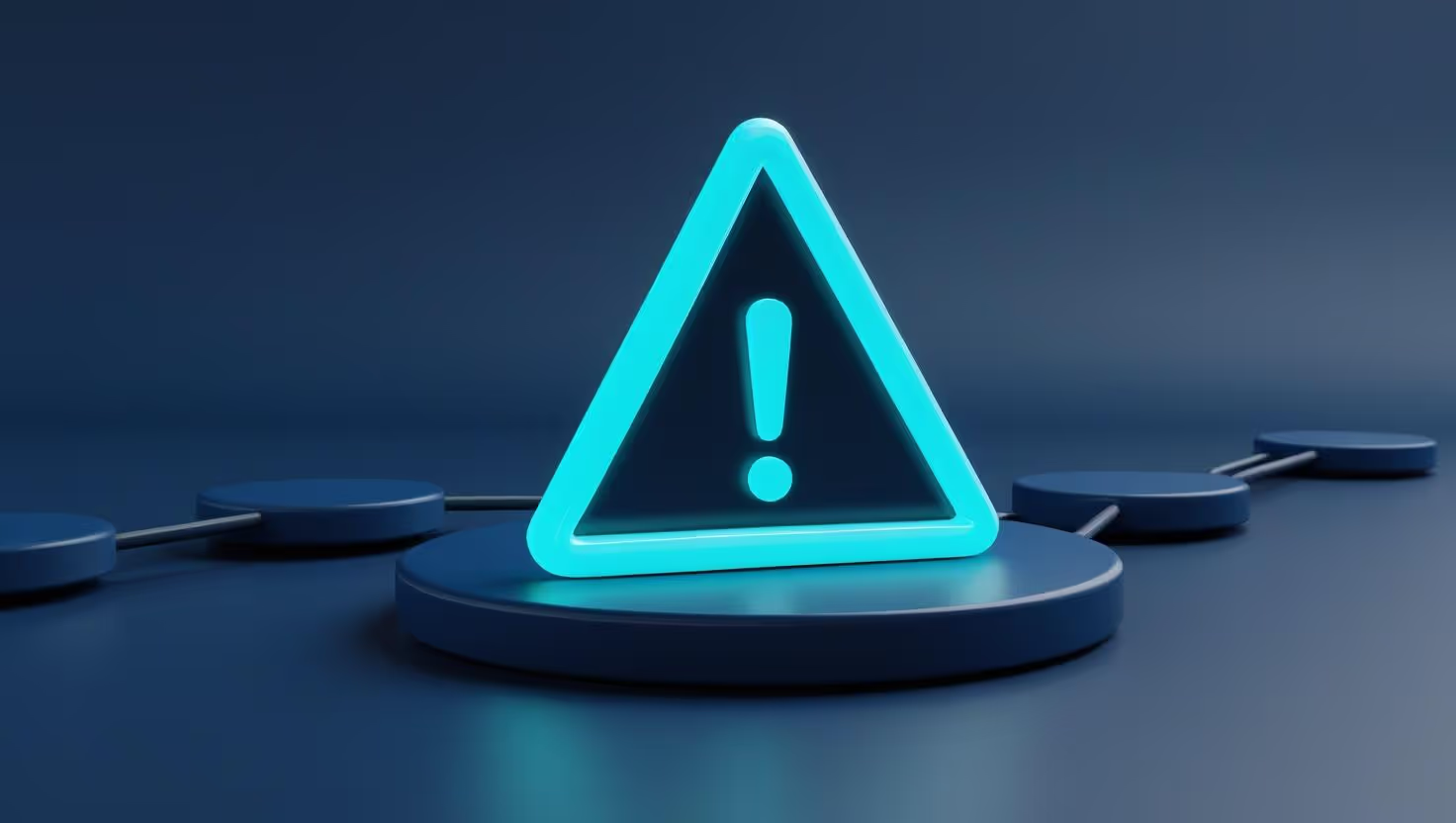

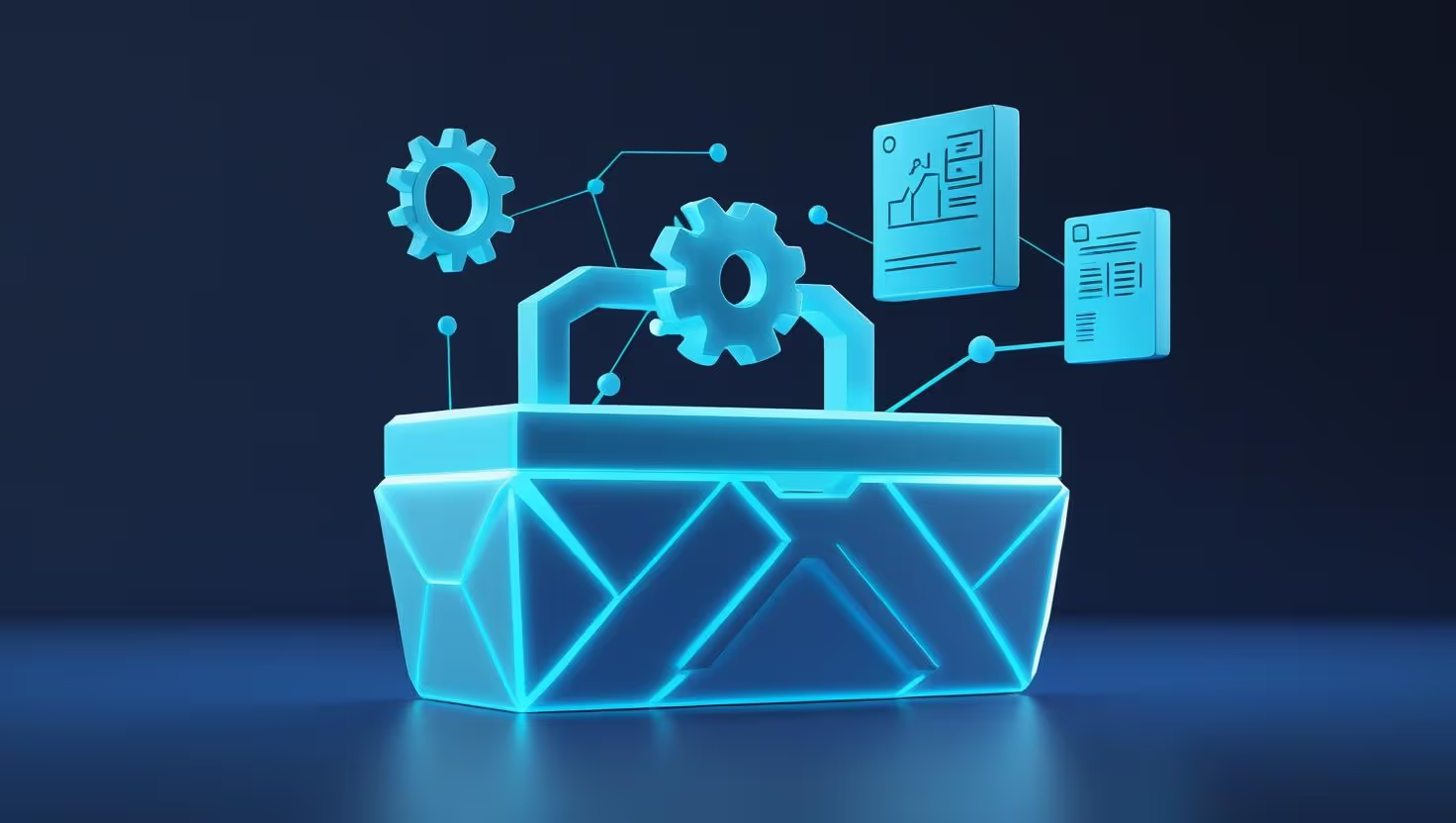






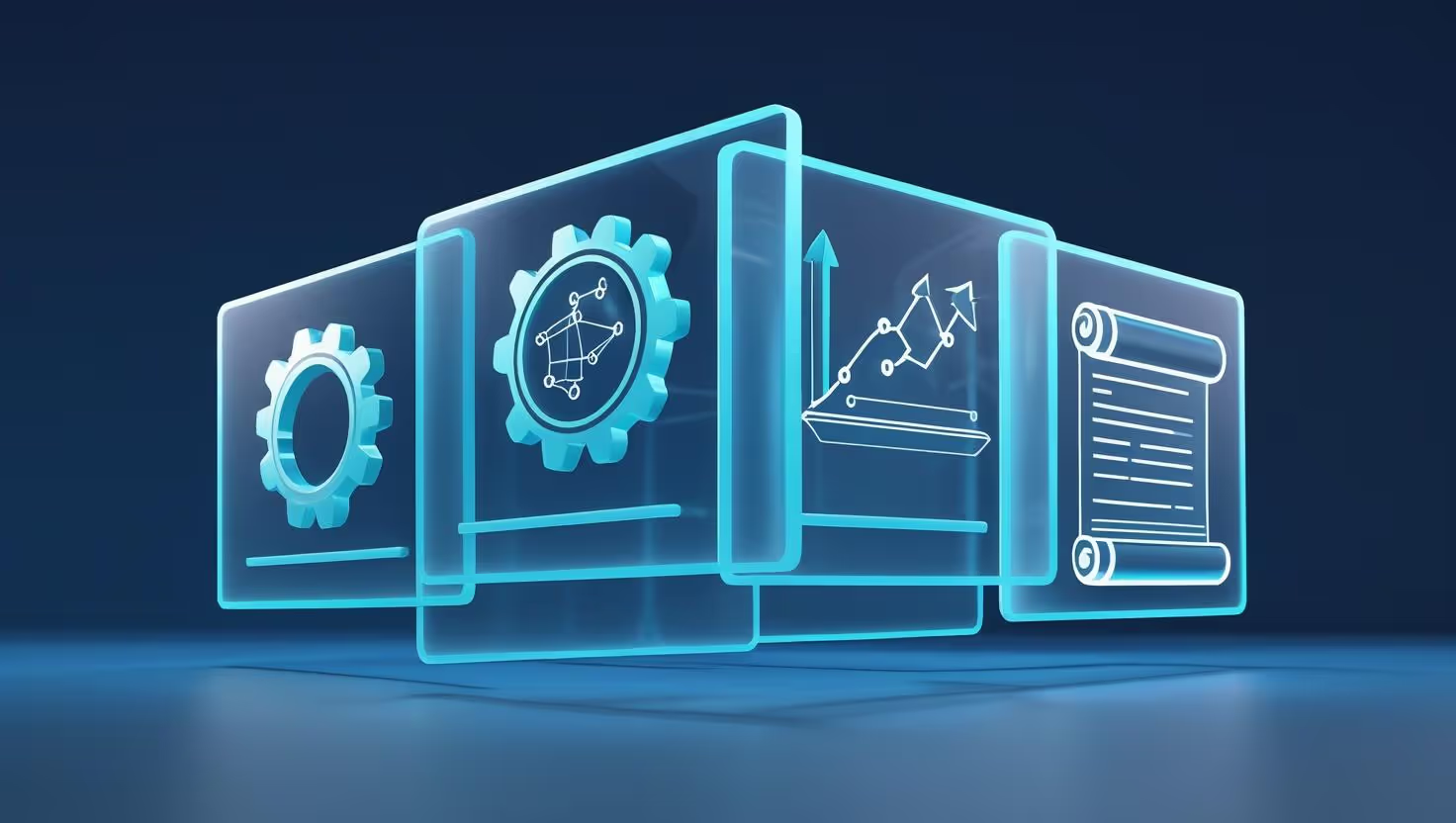
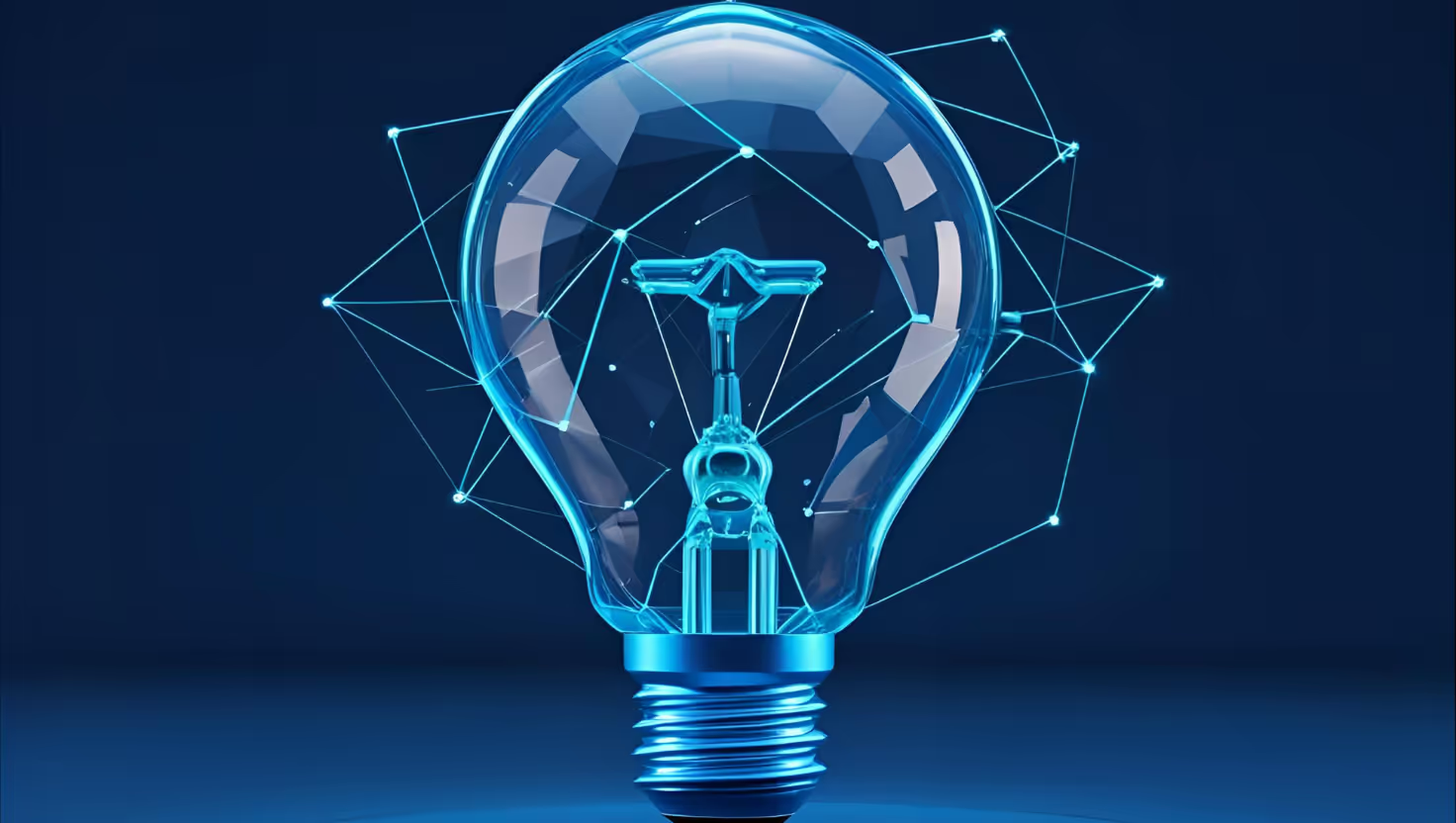


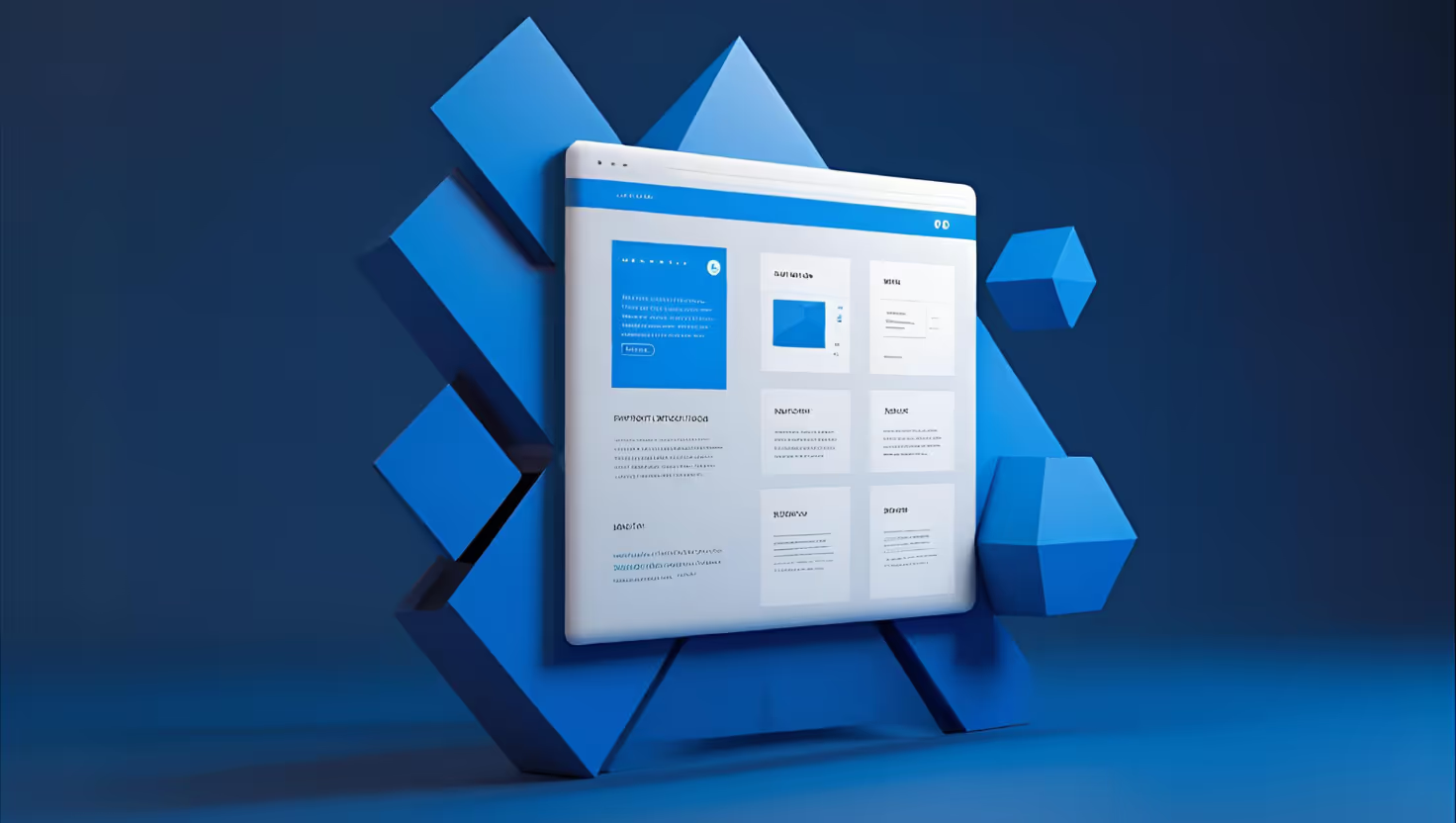







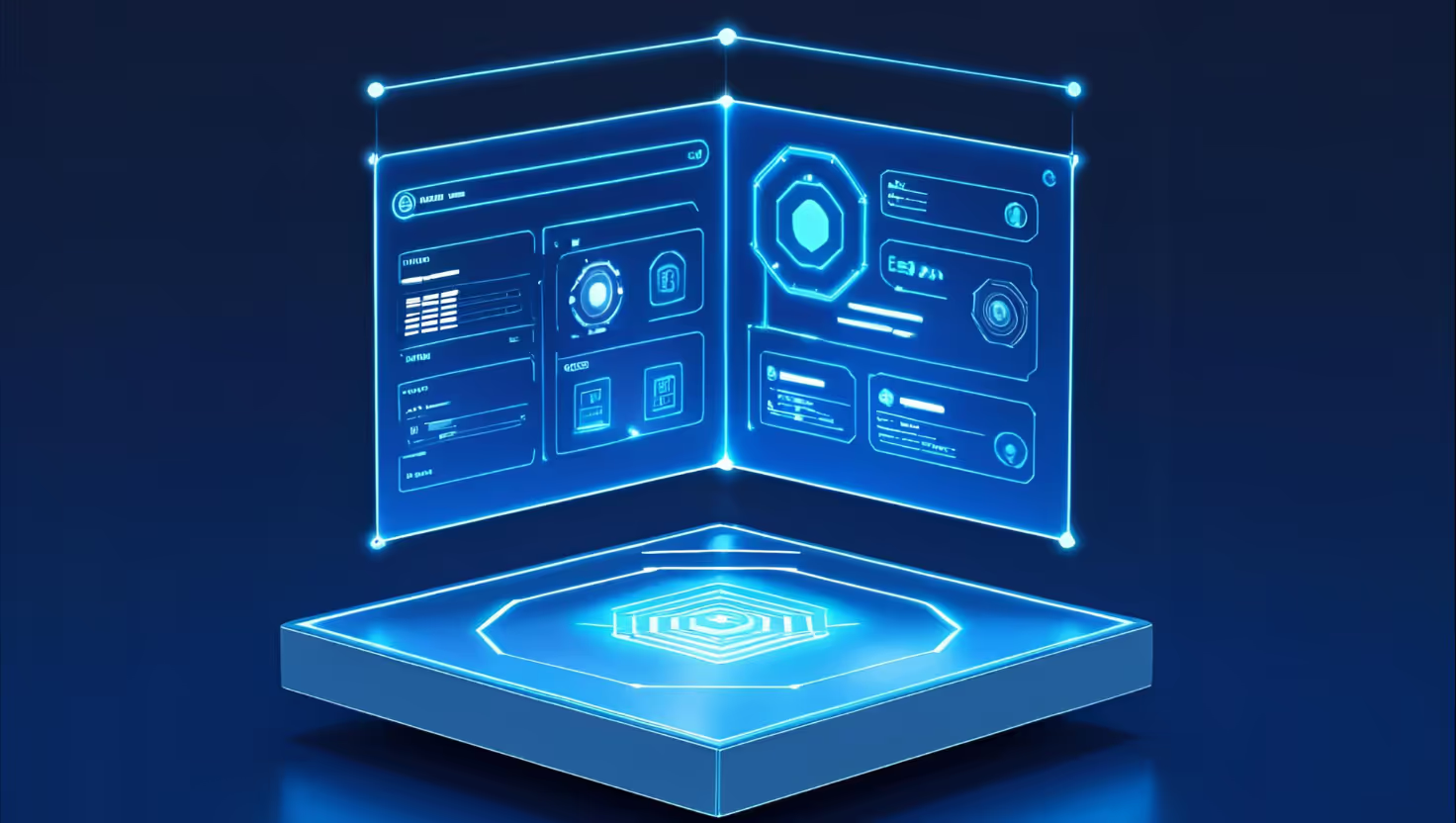

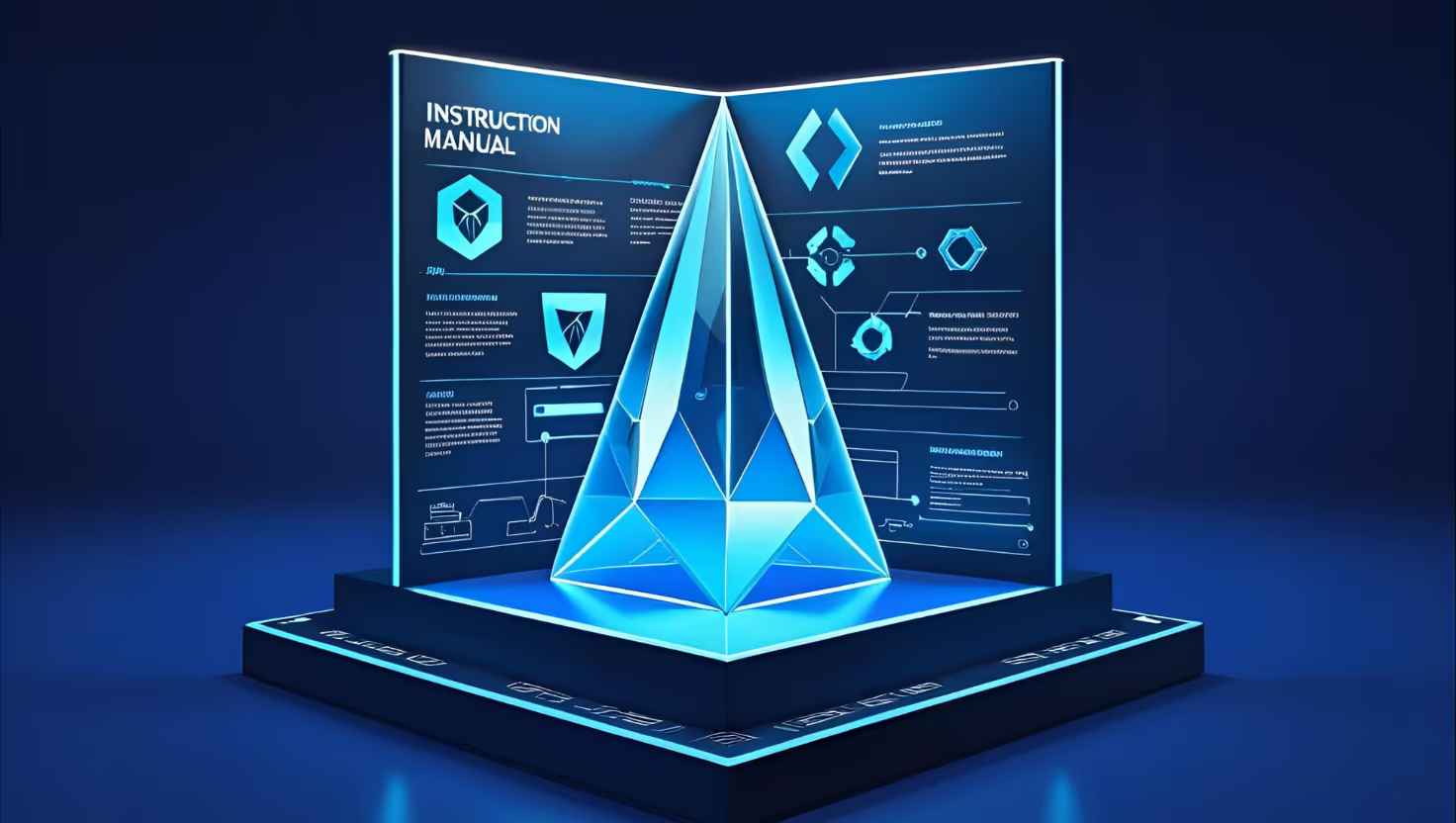




















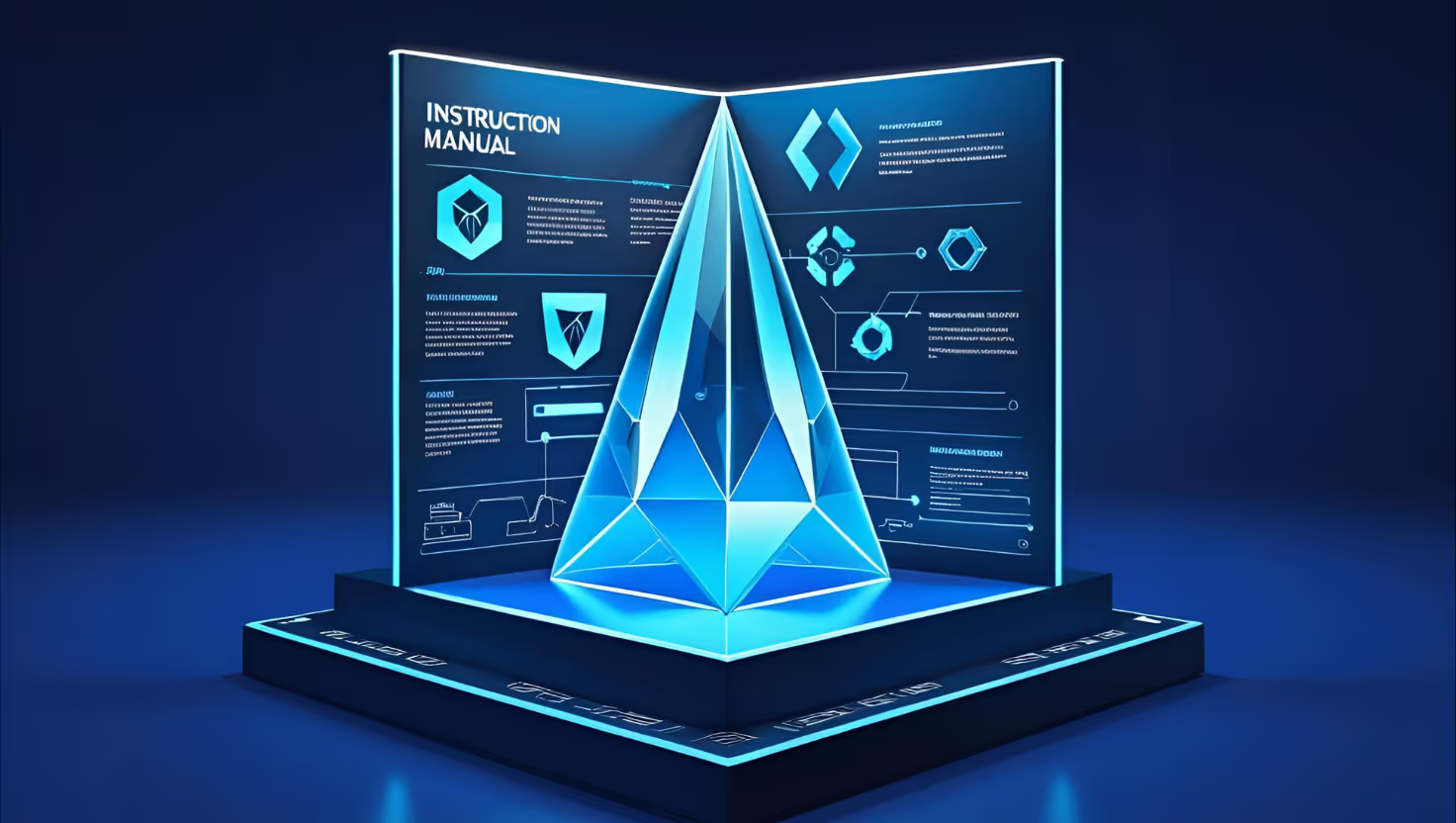










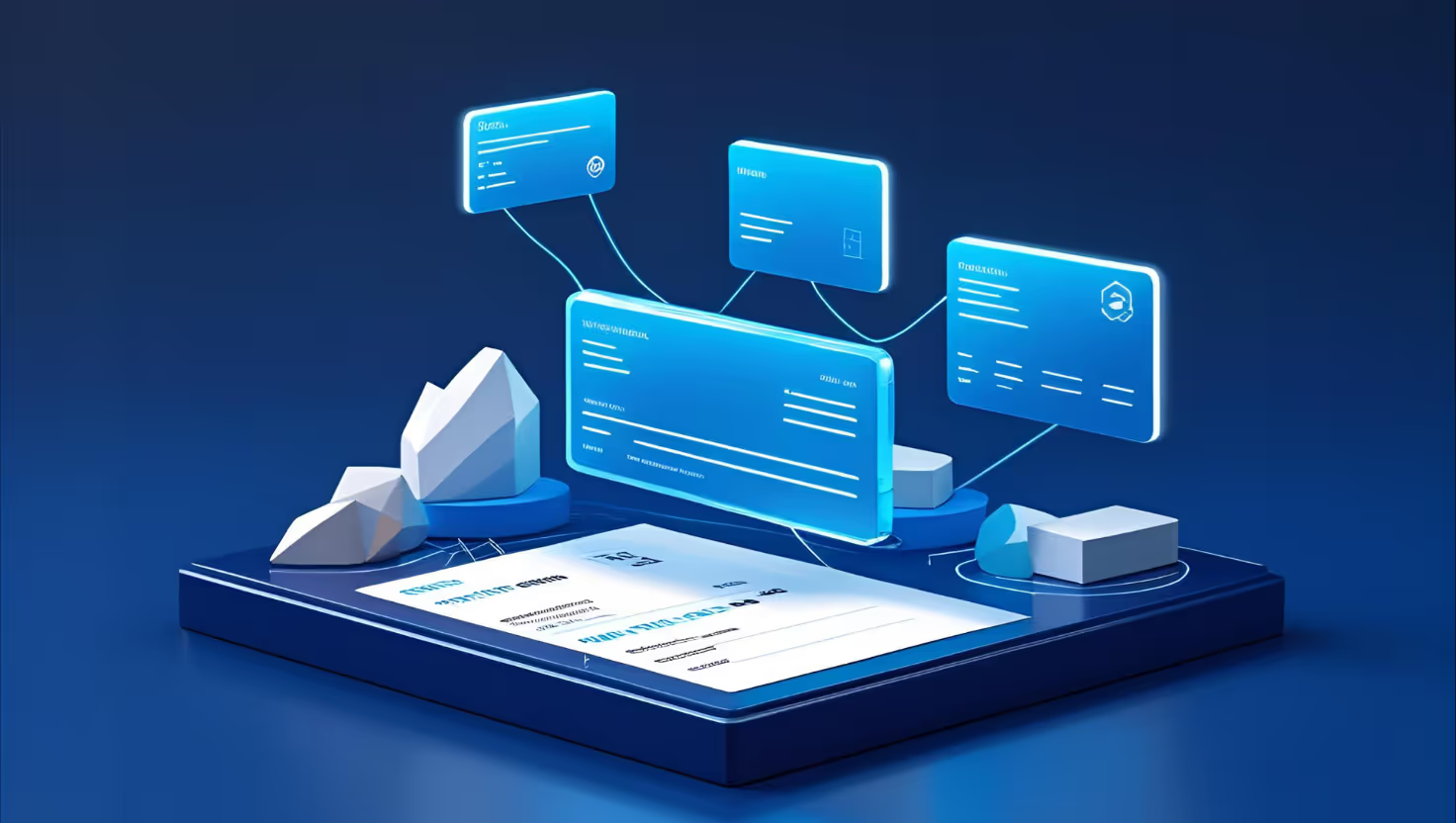







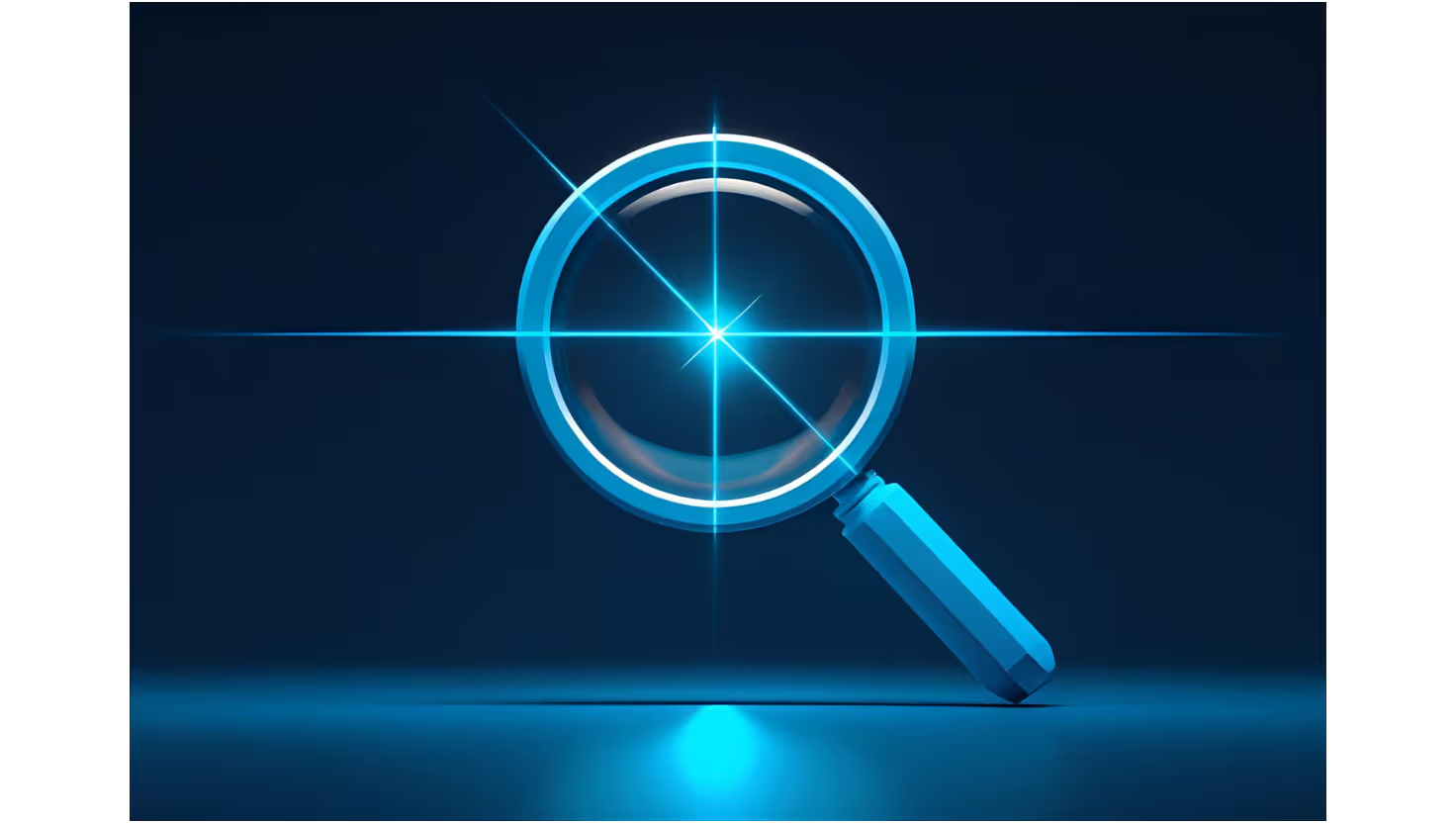
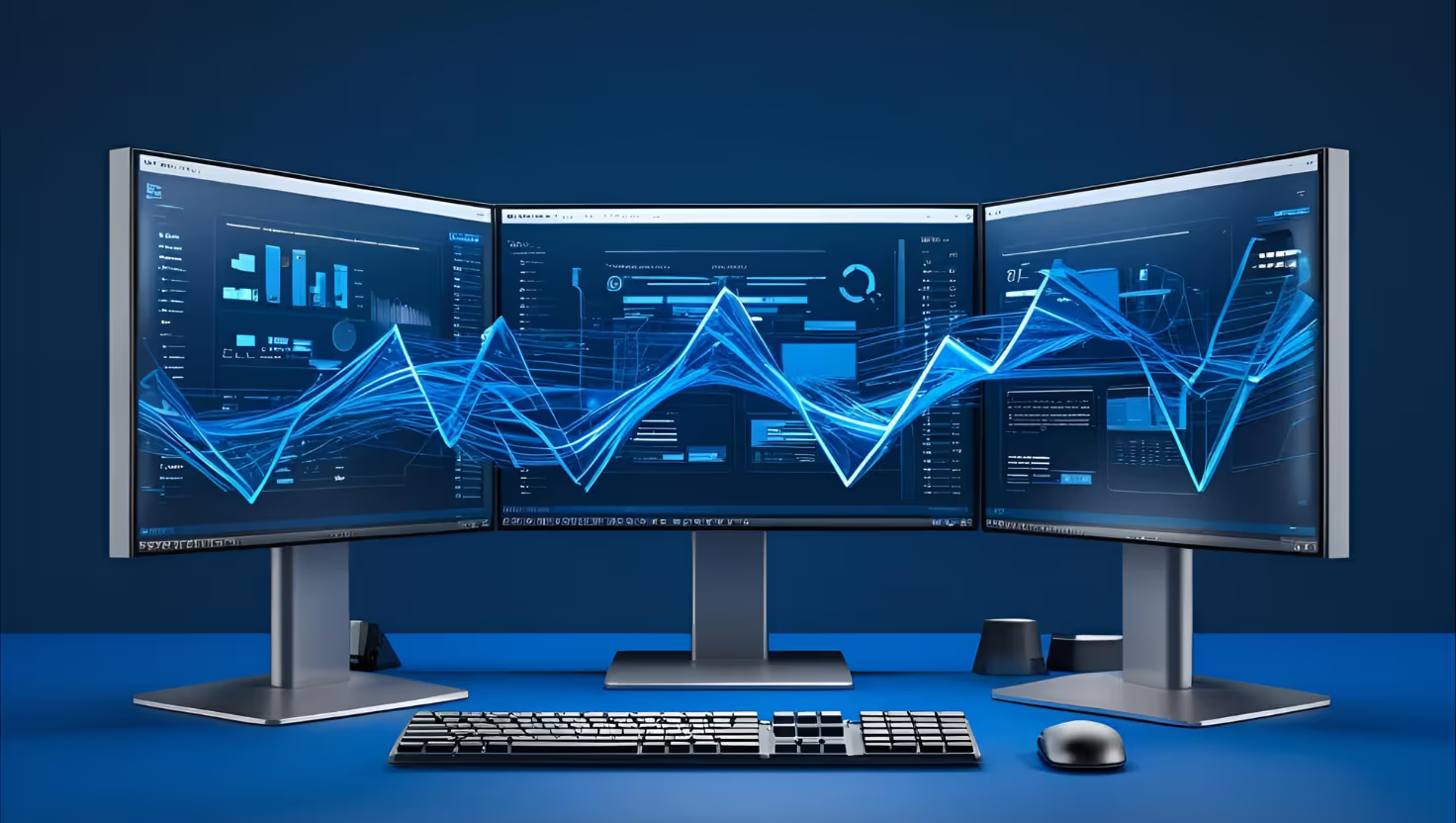


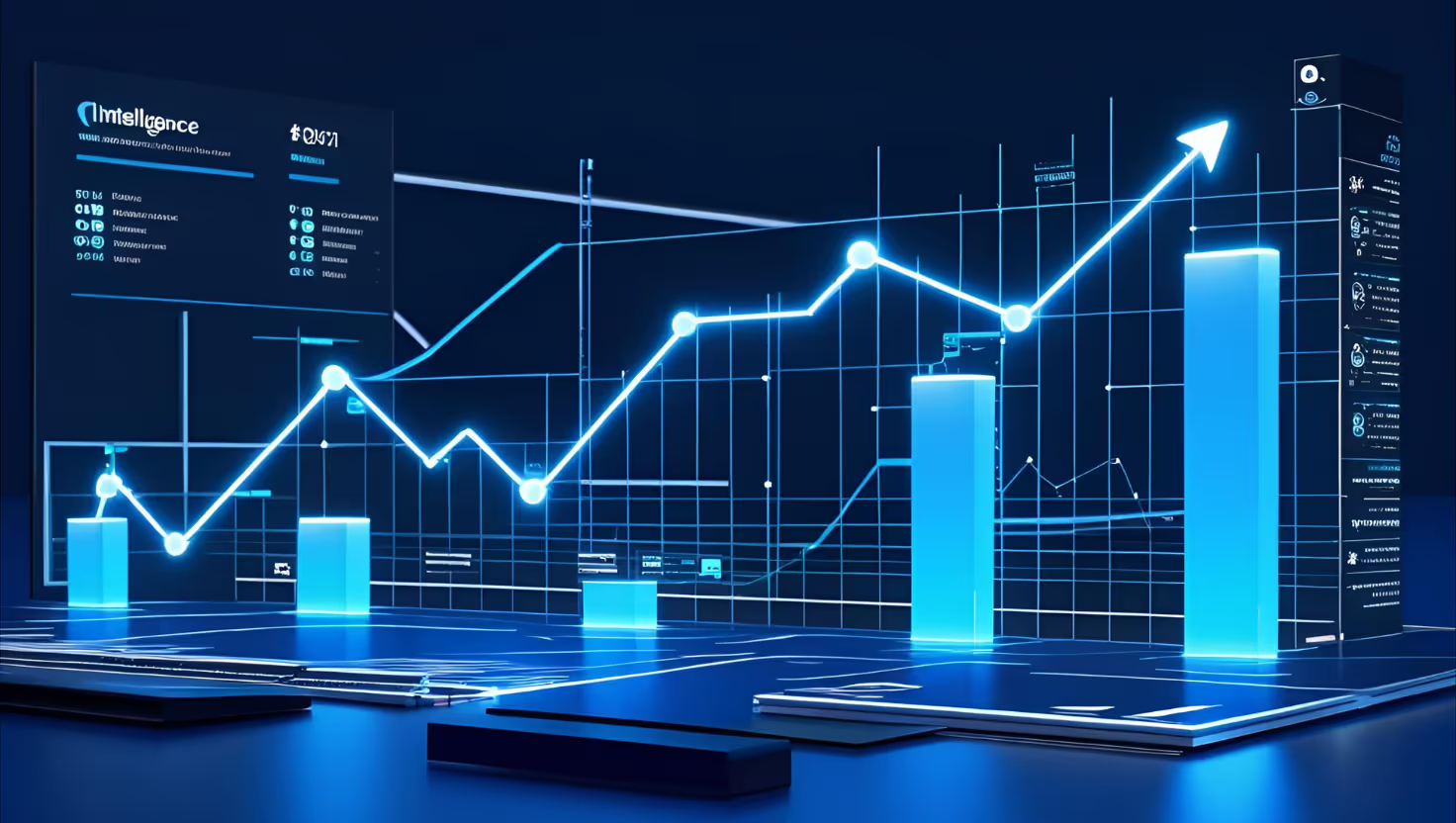
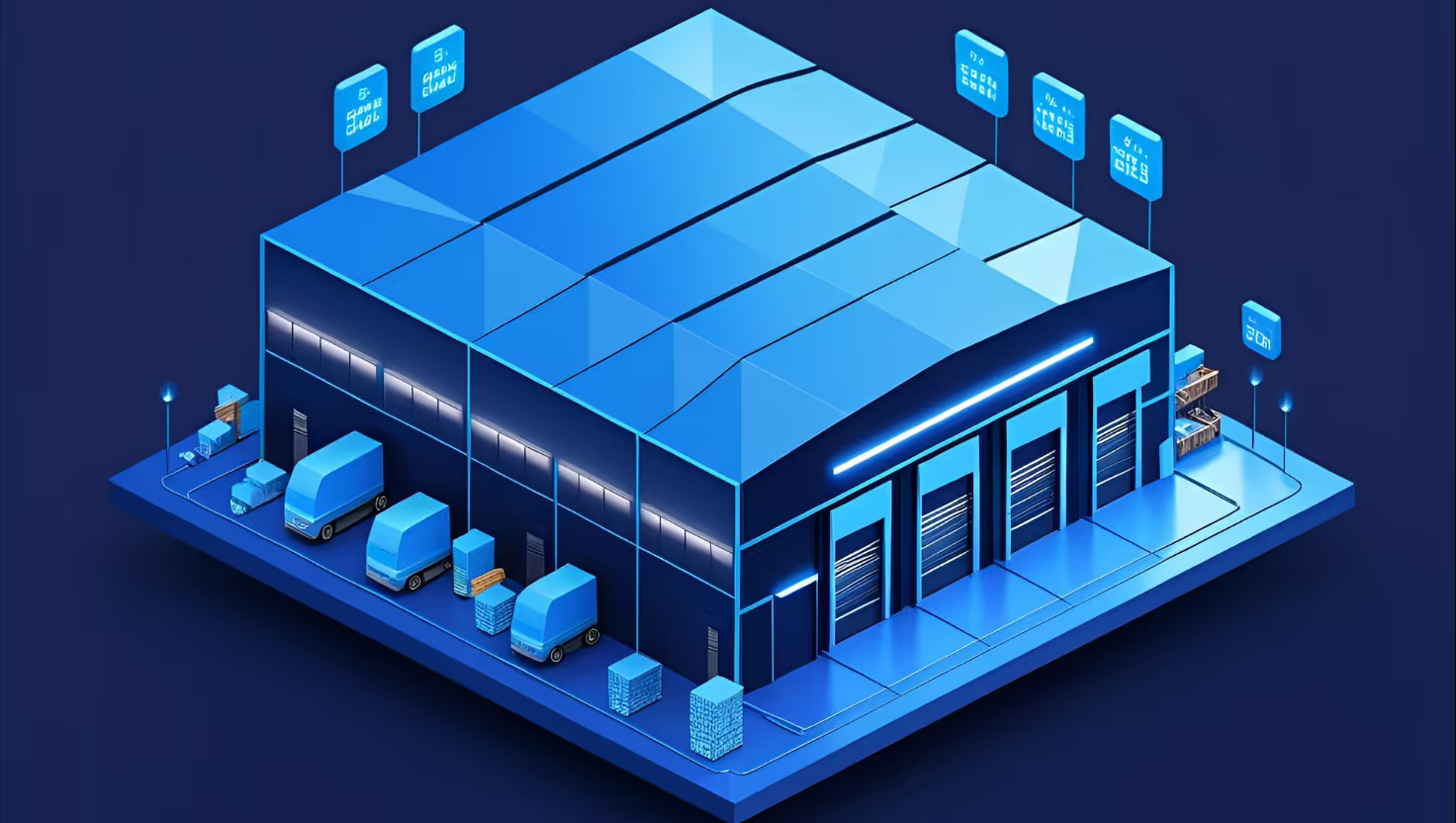

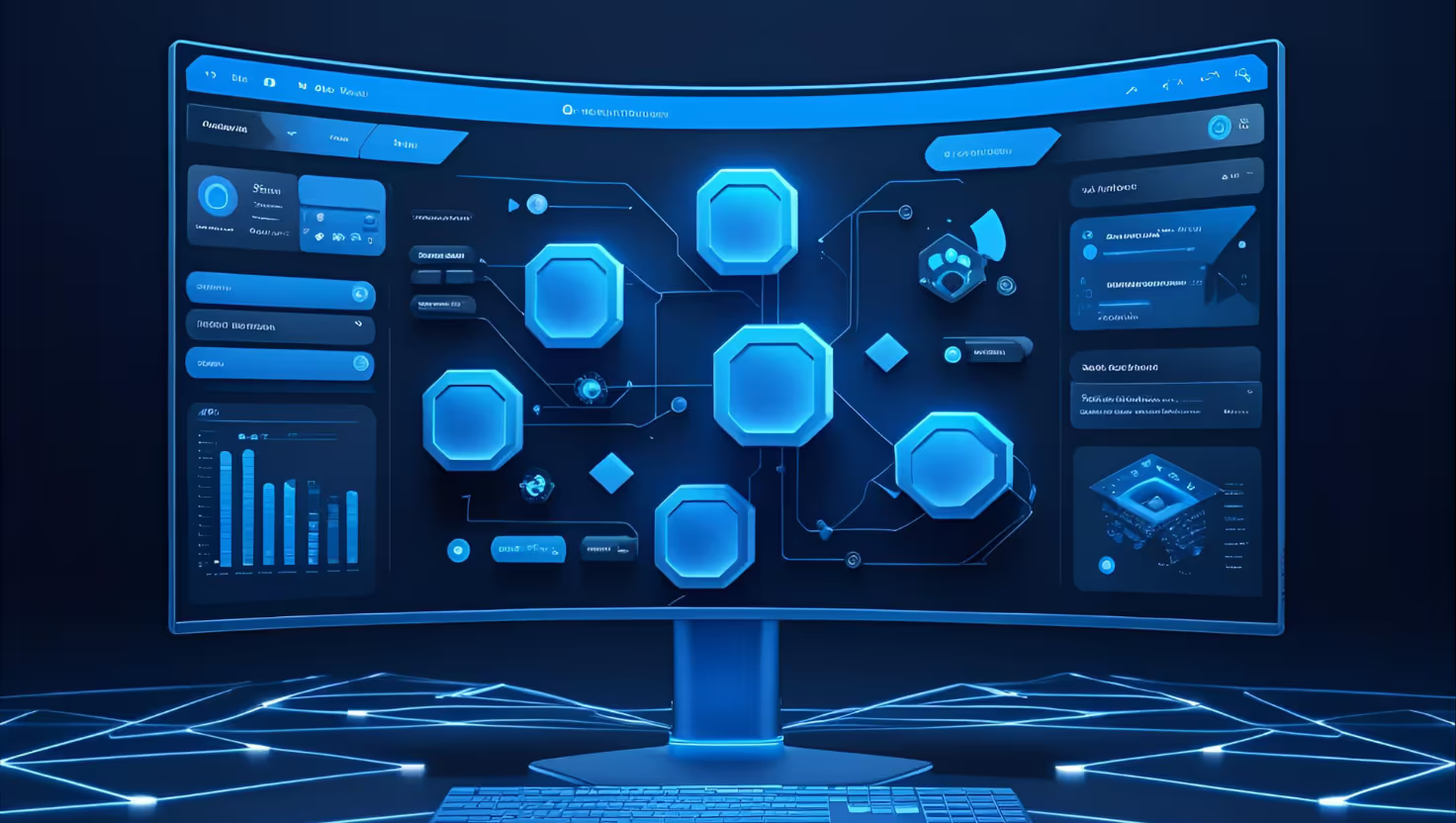





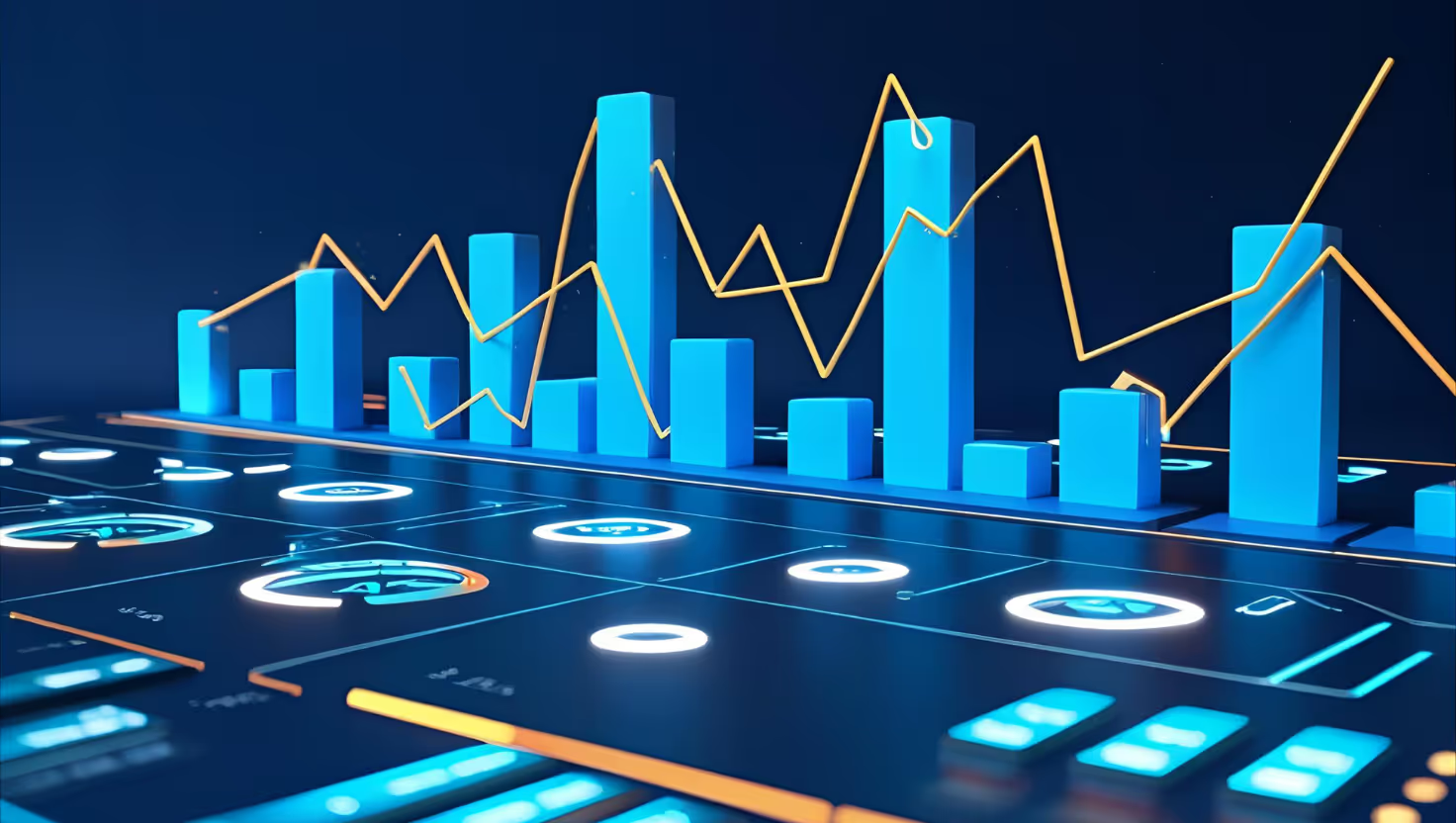
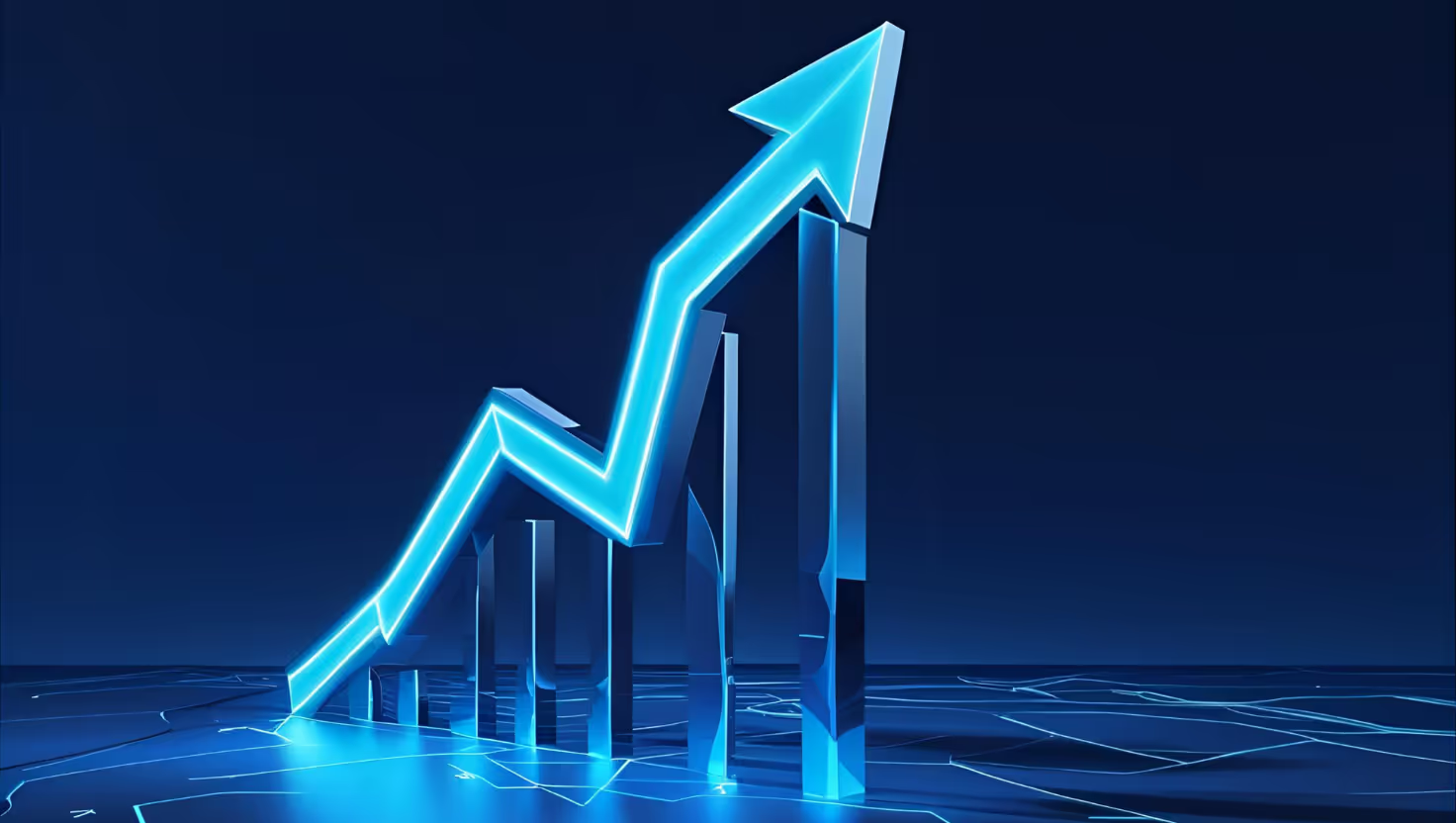





.avif)









